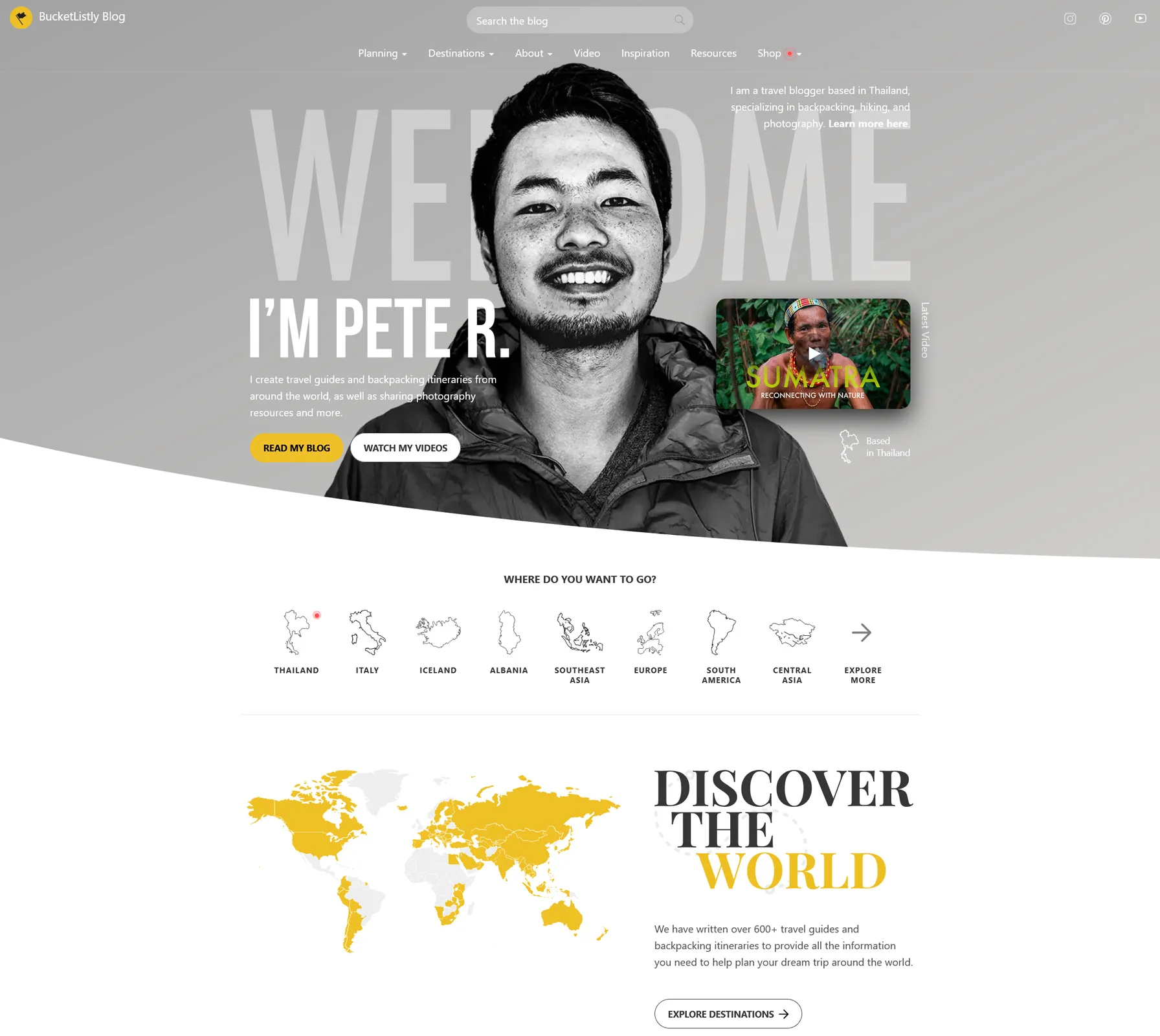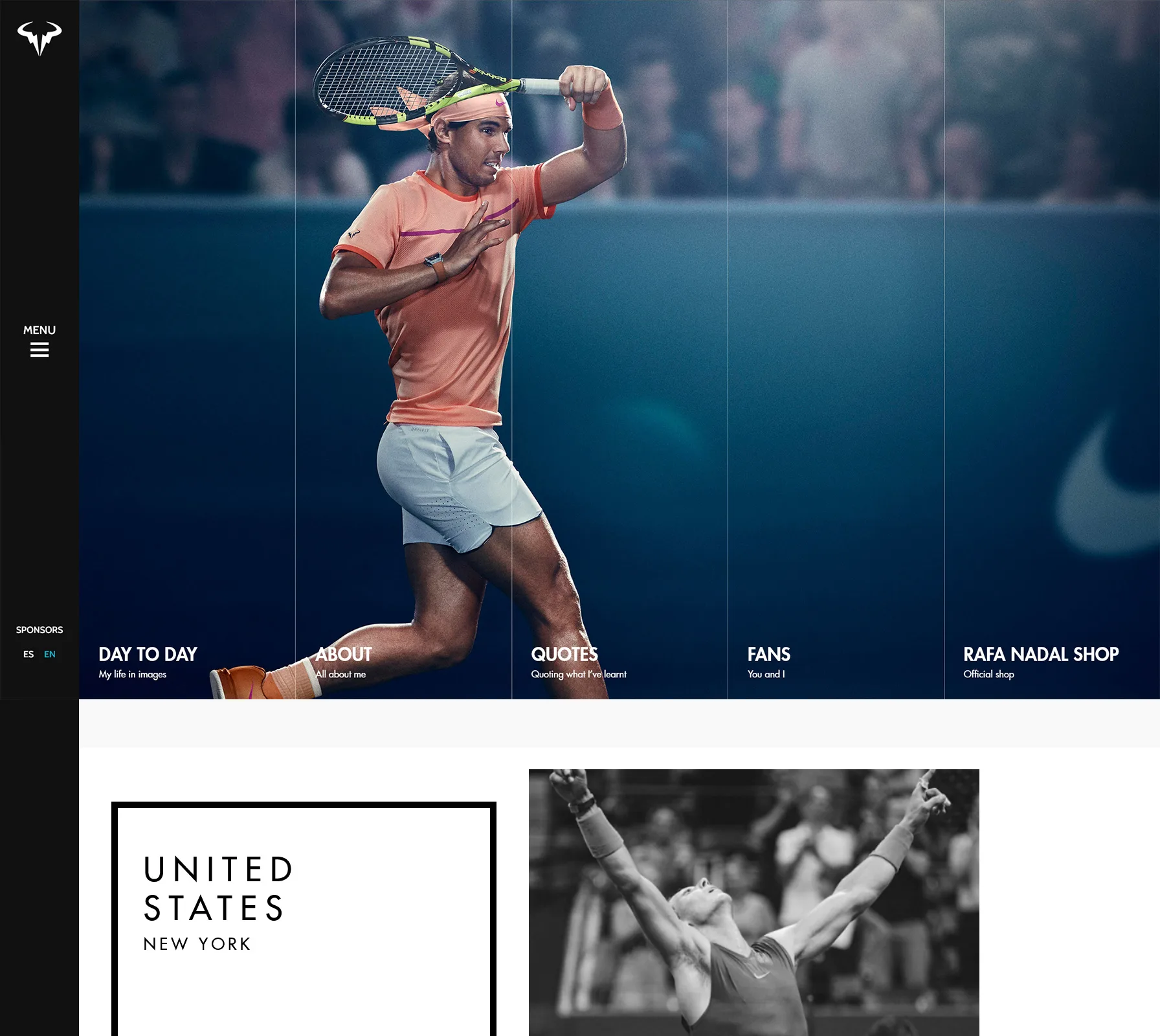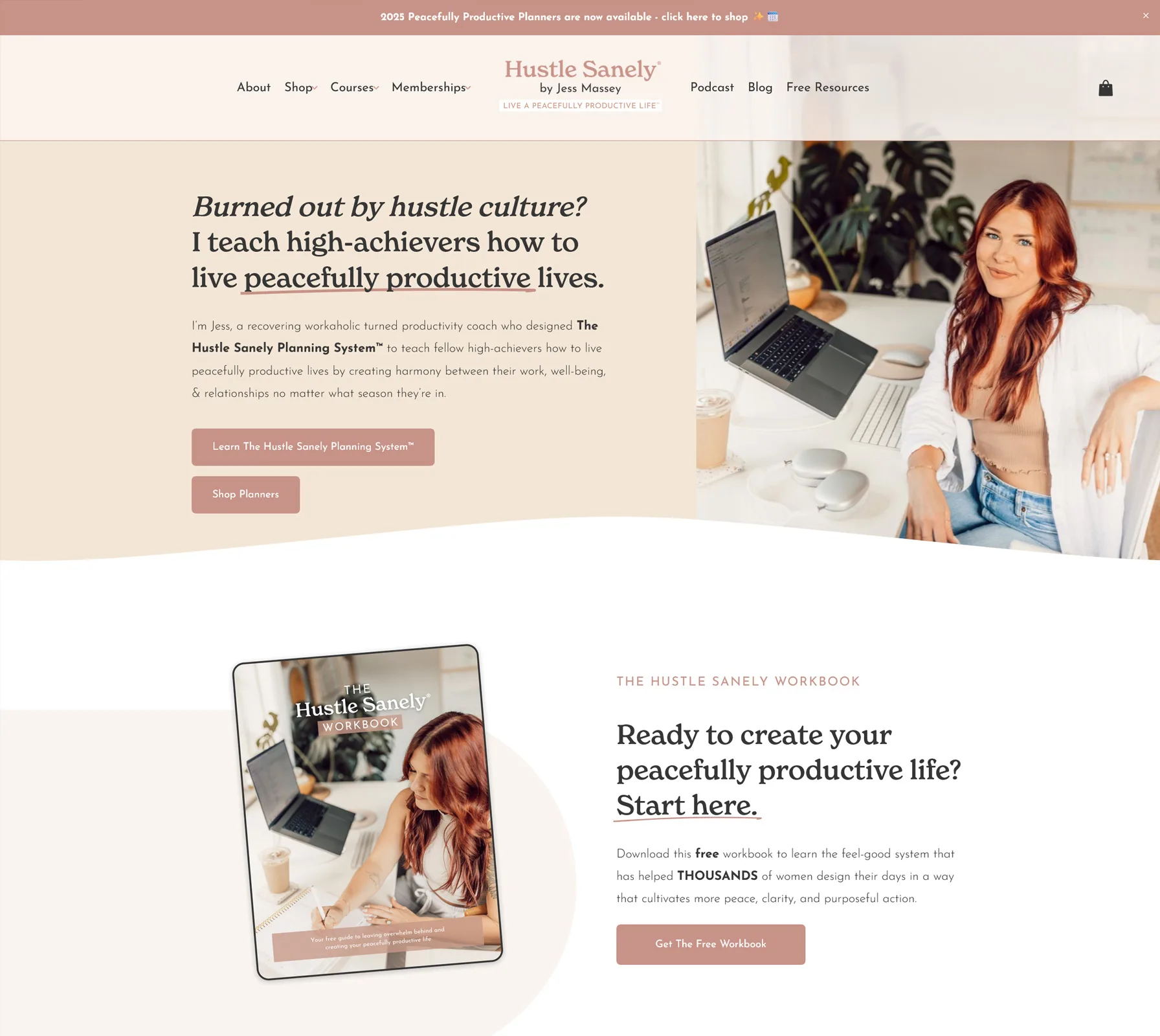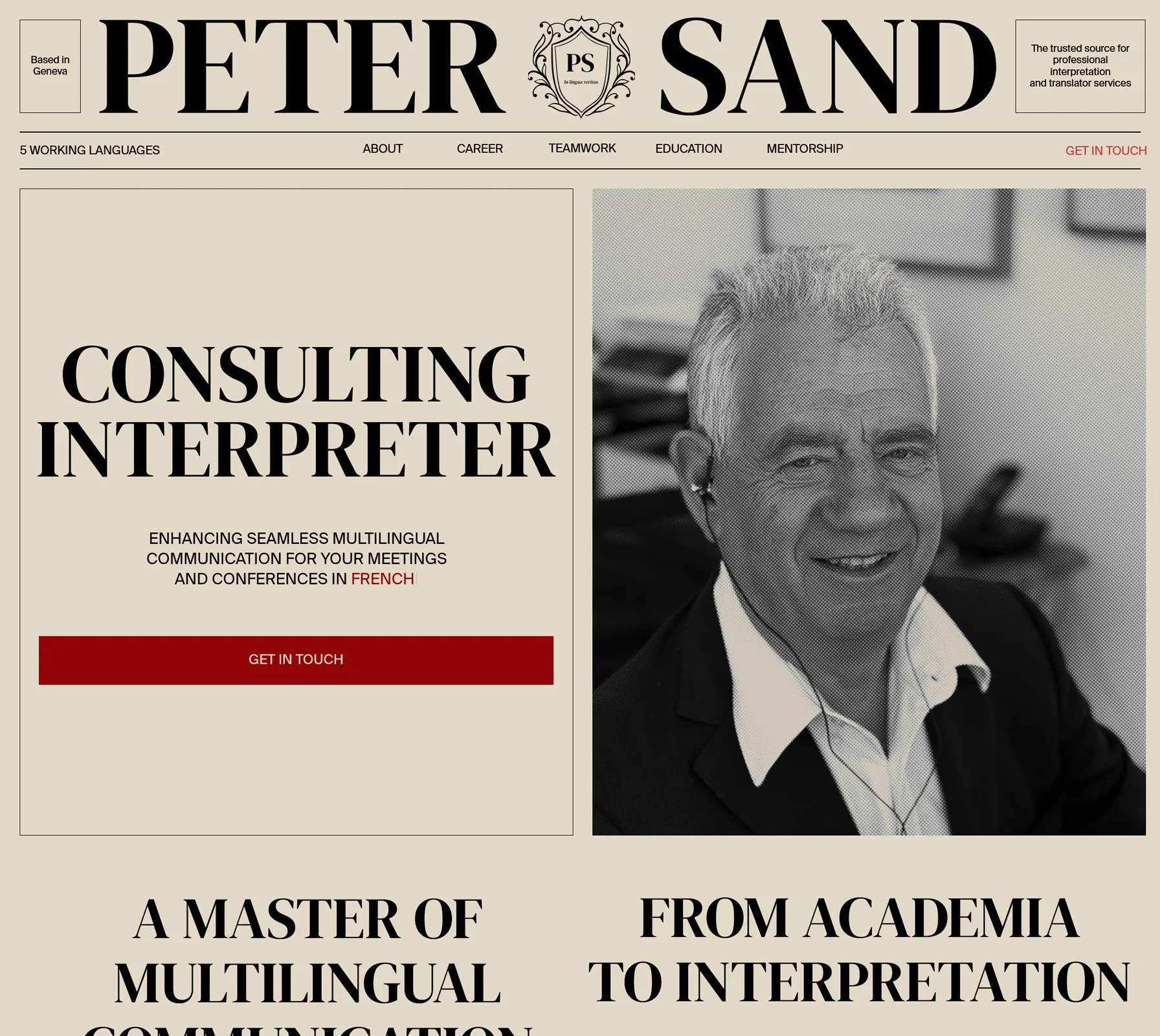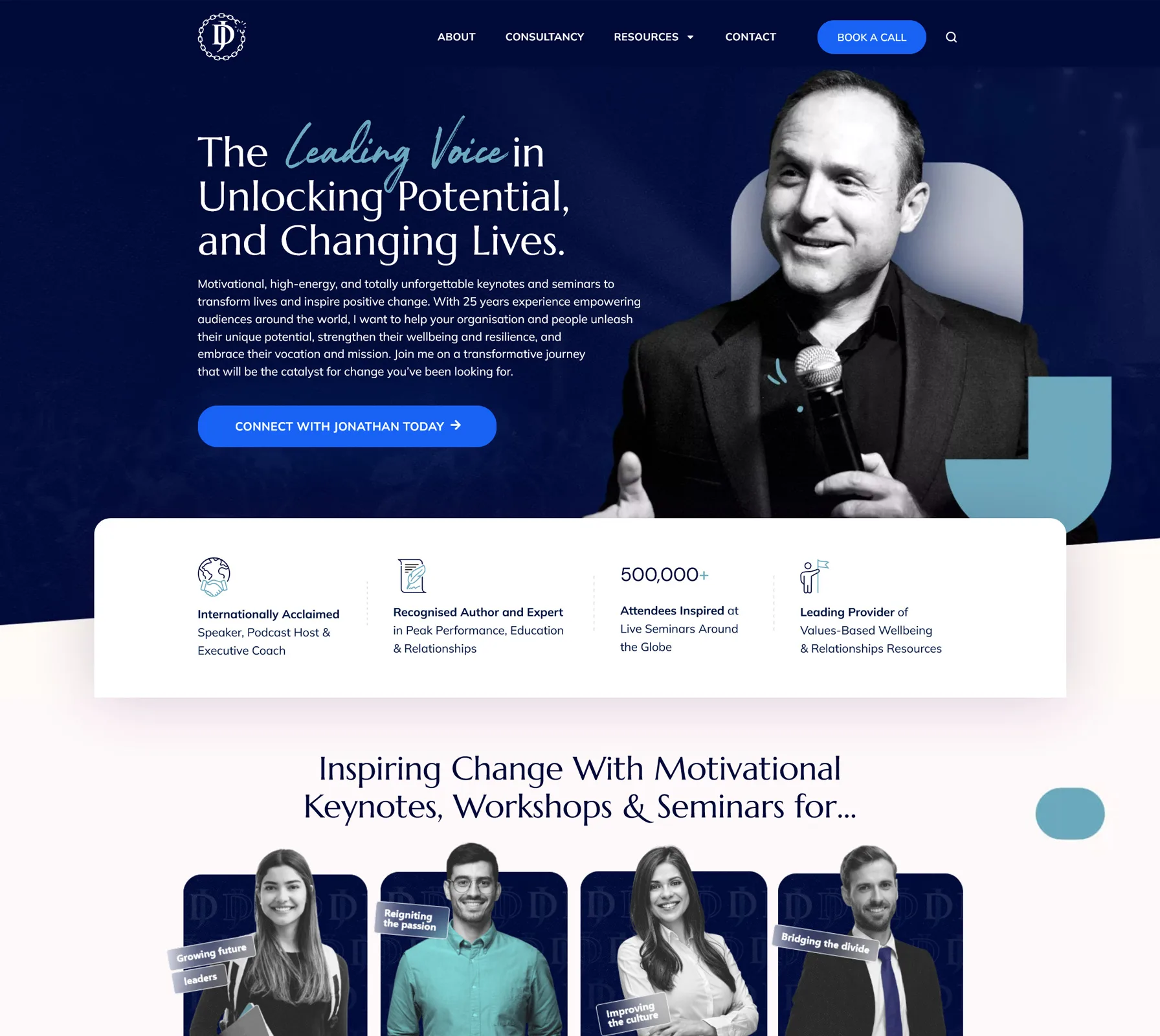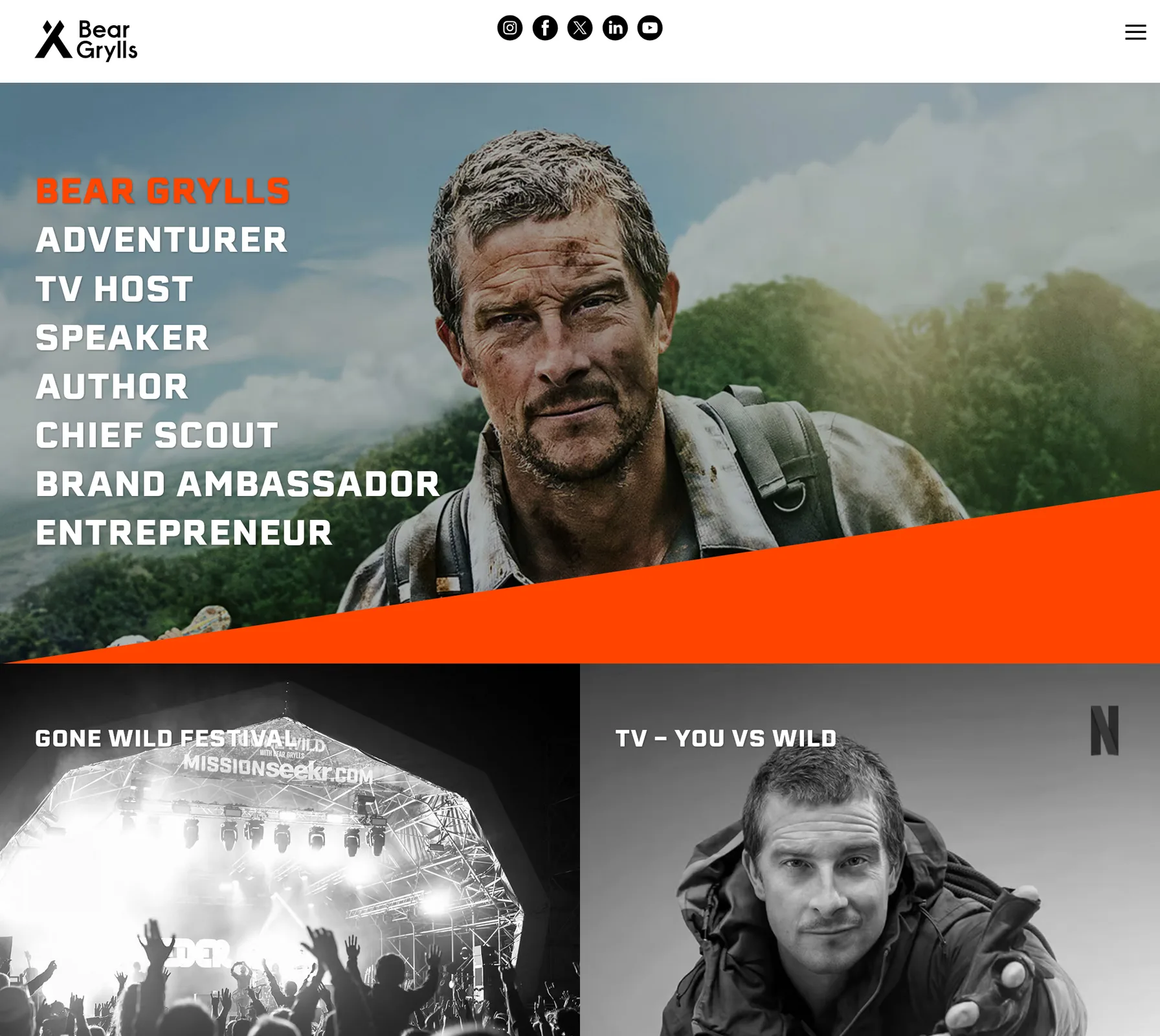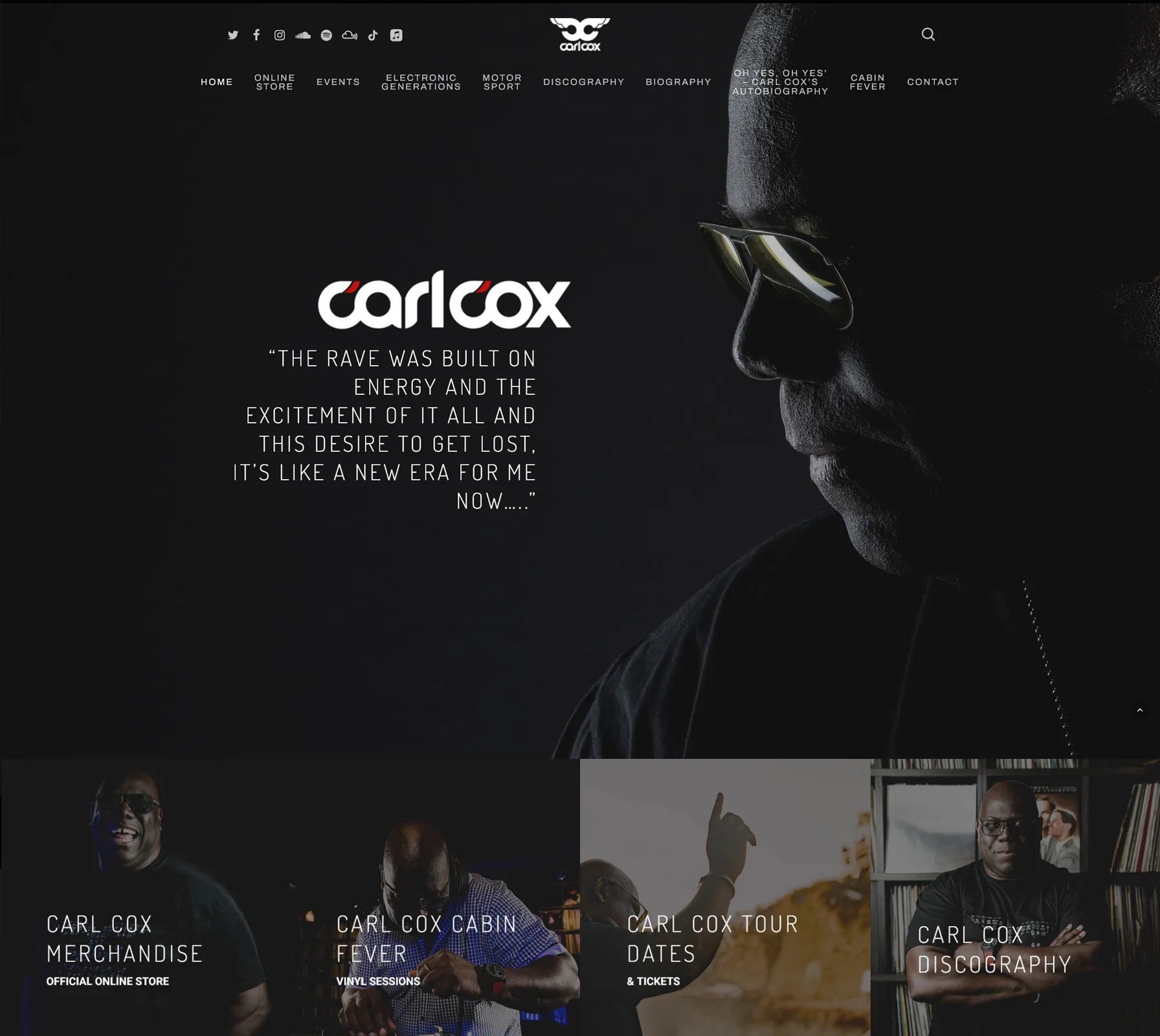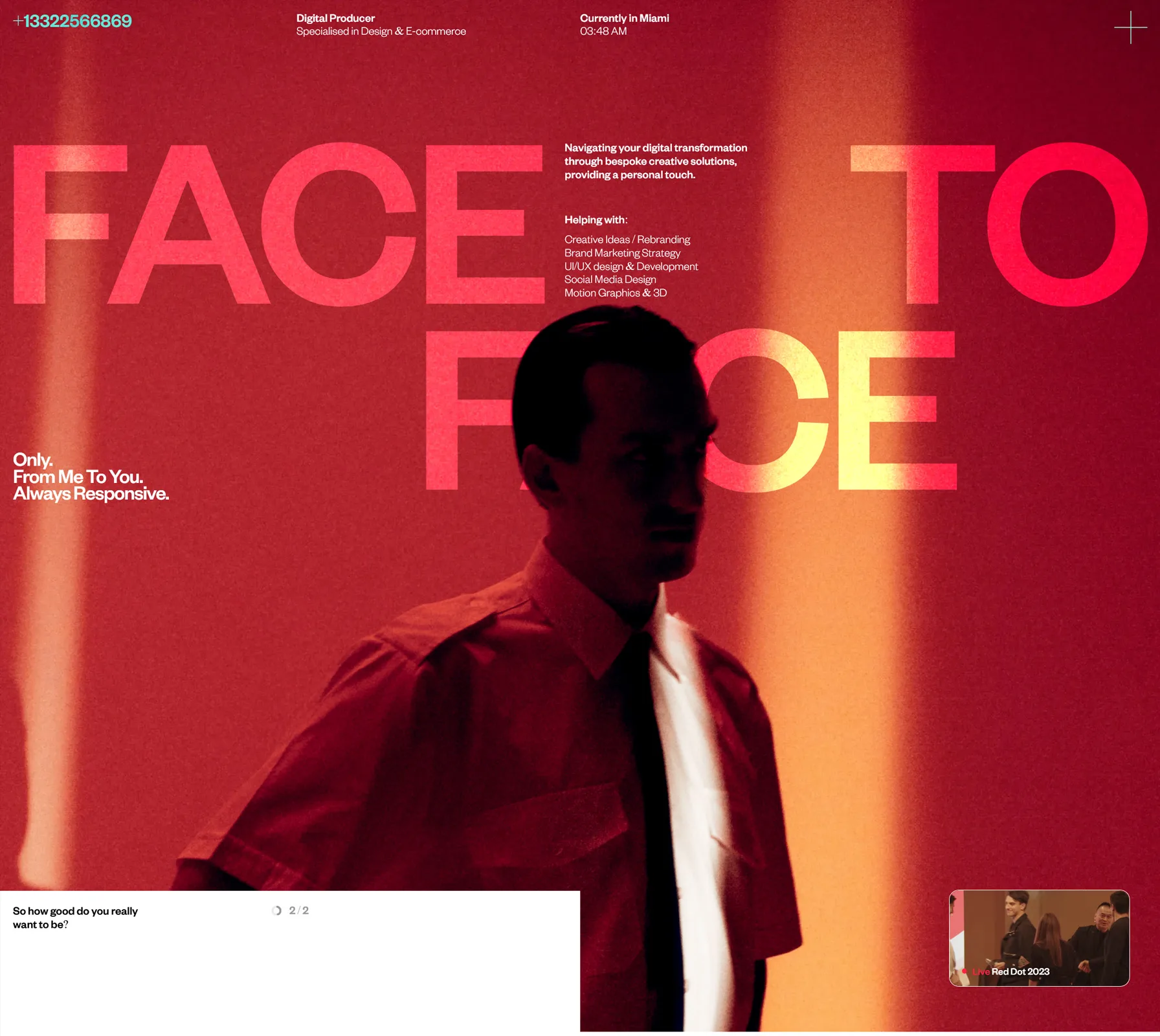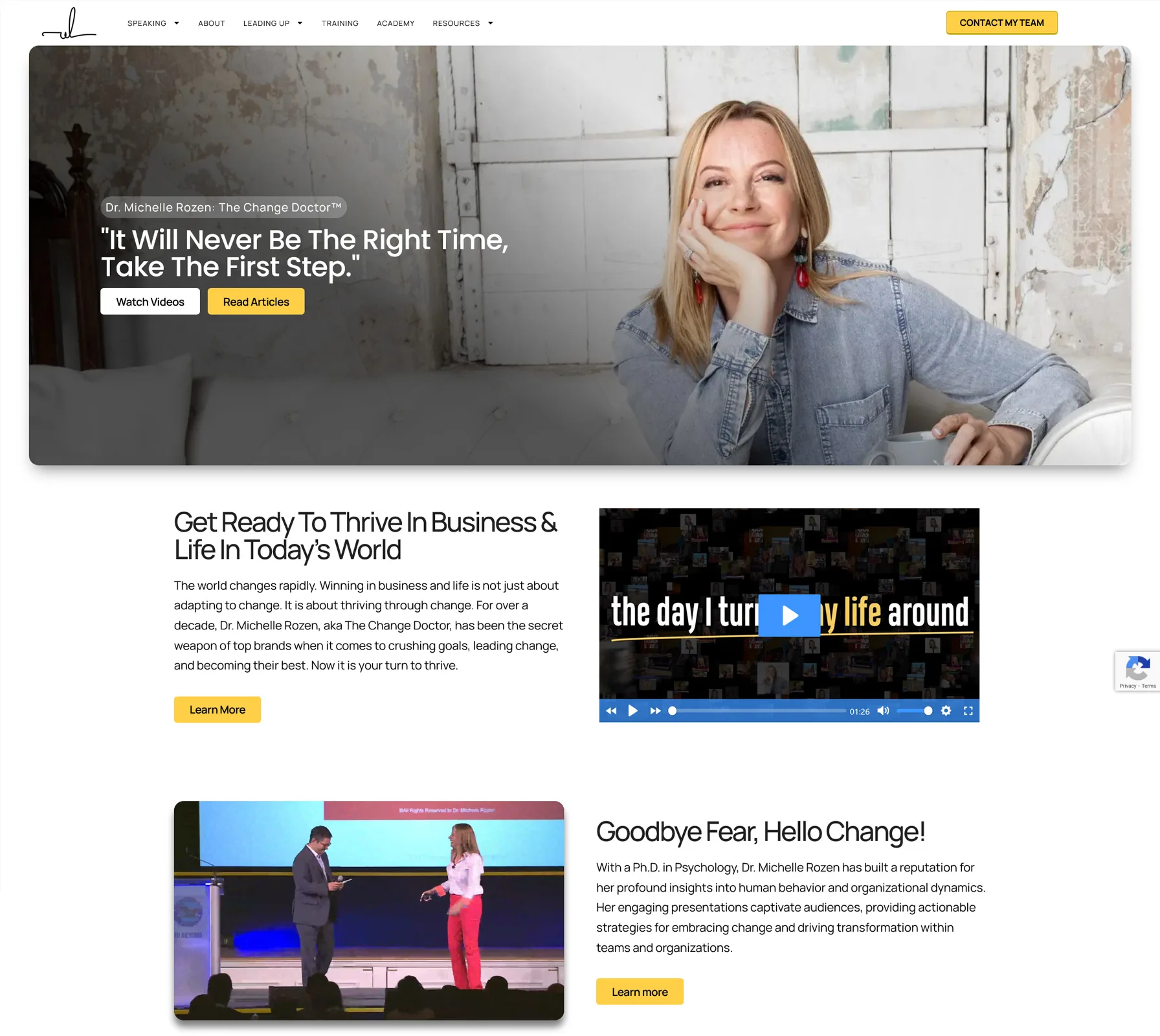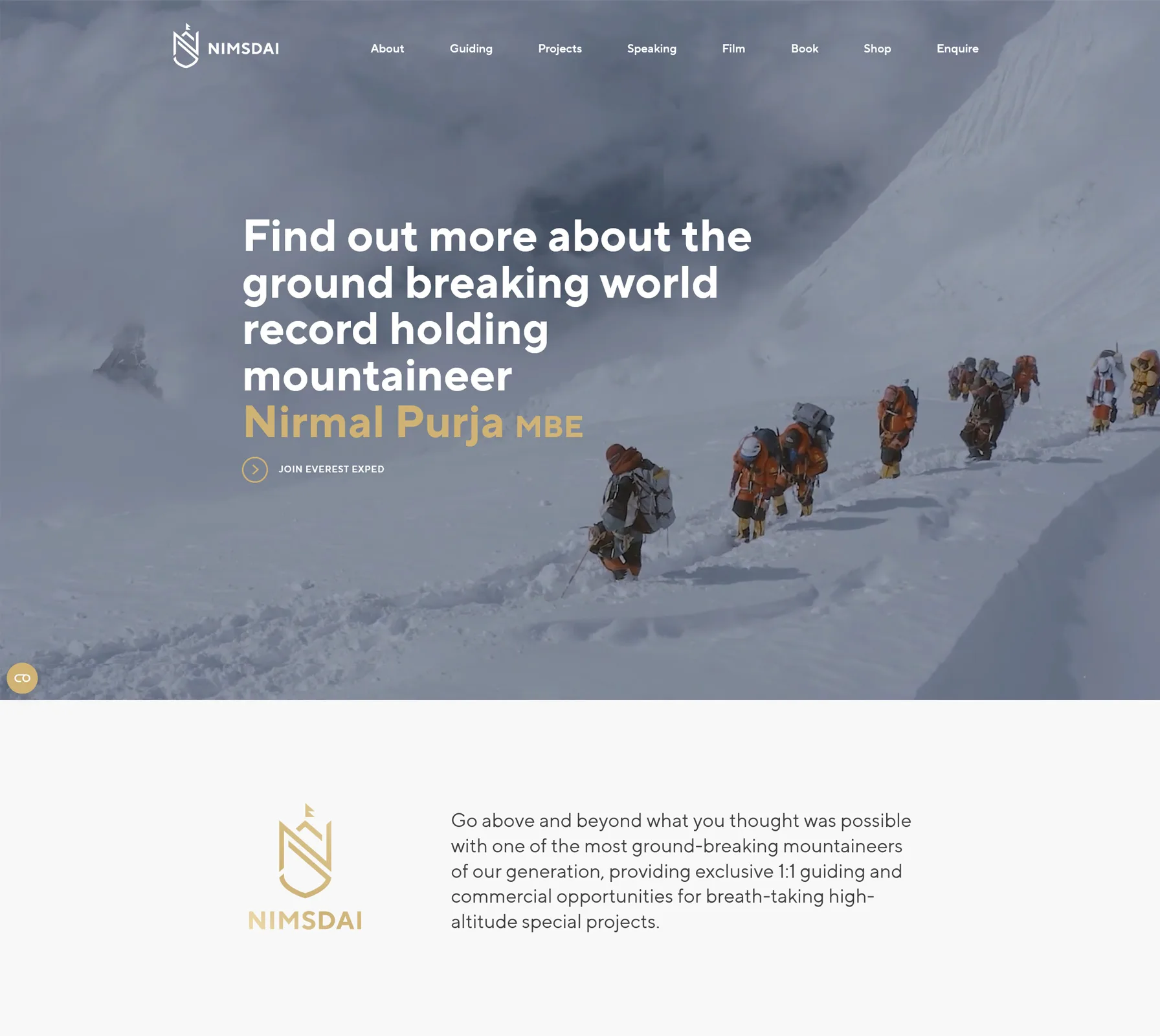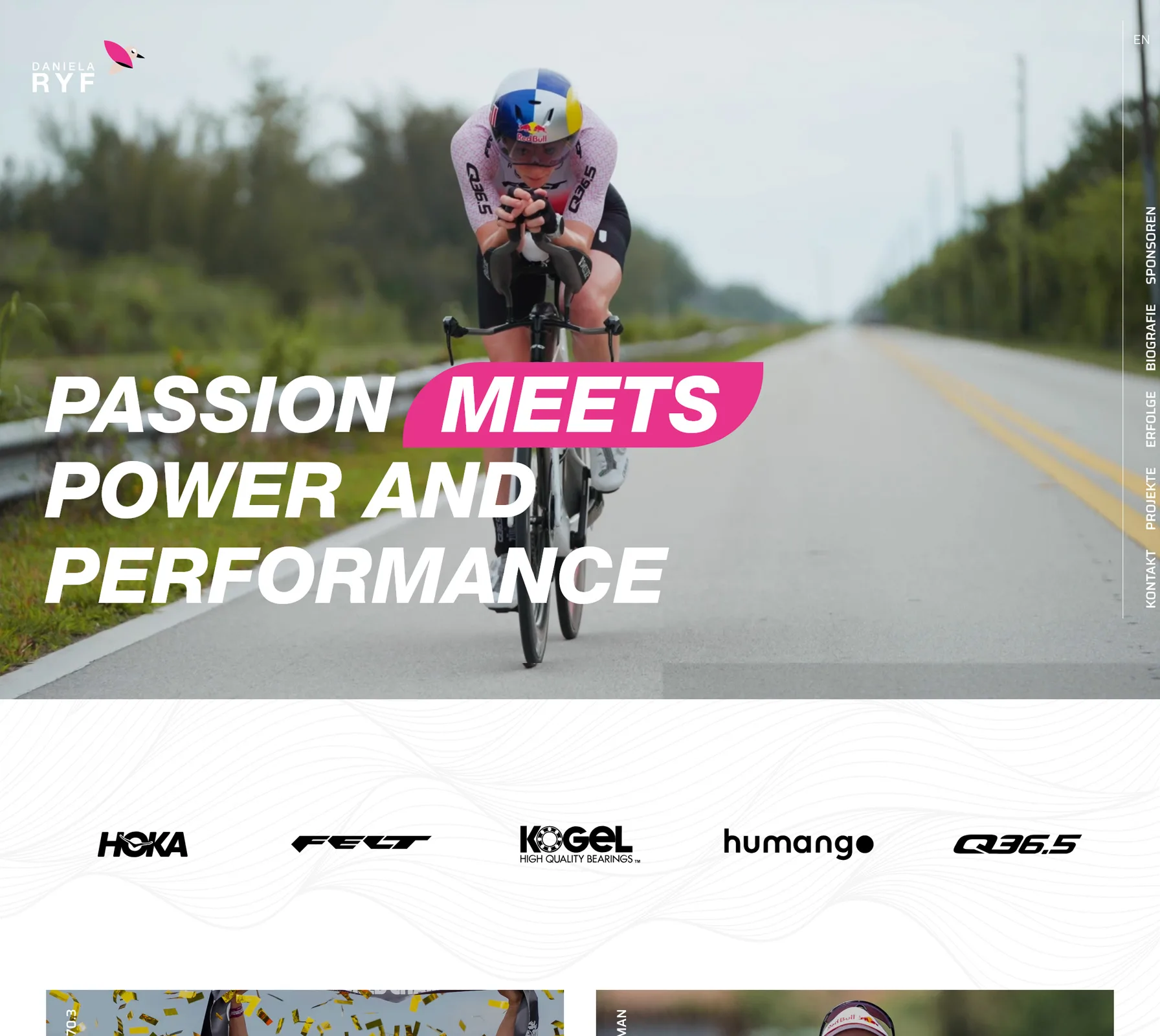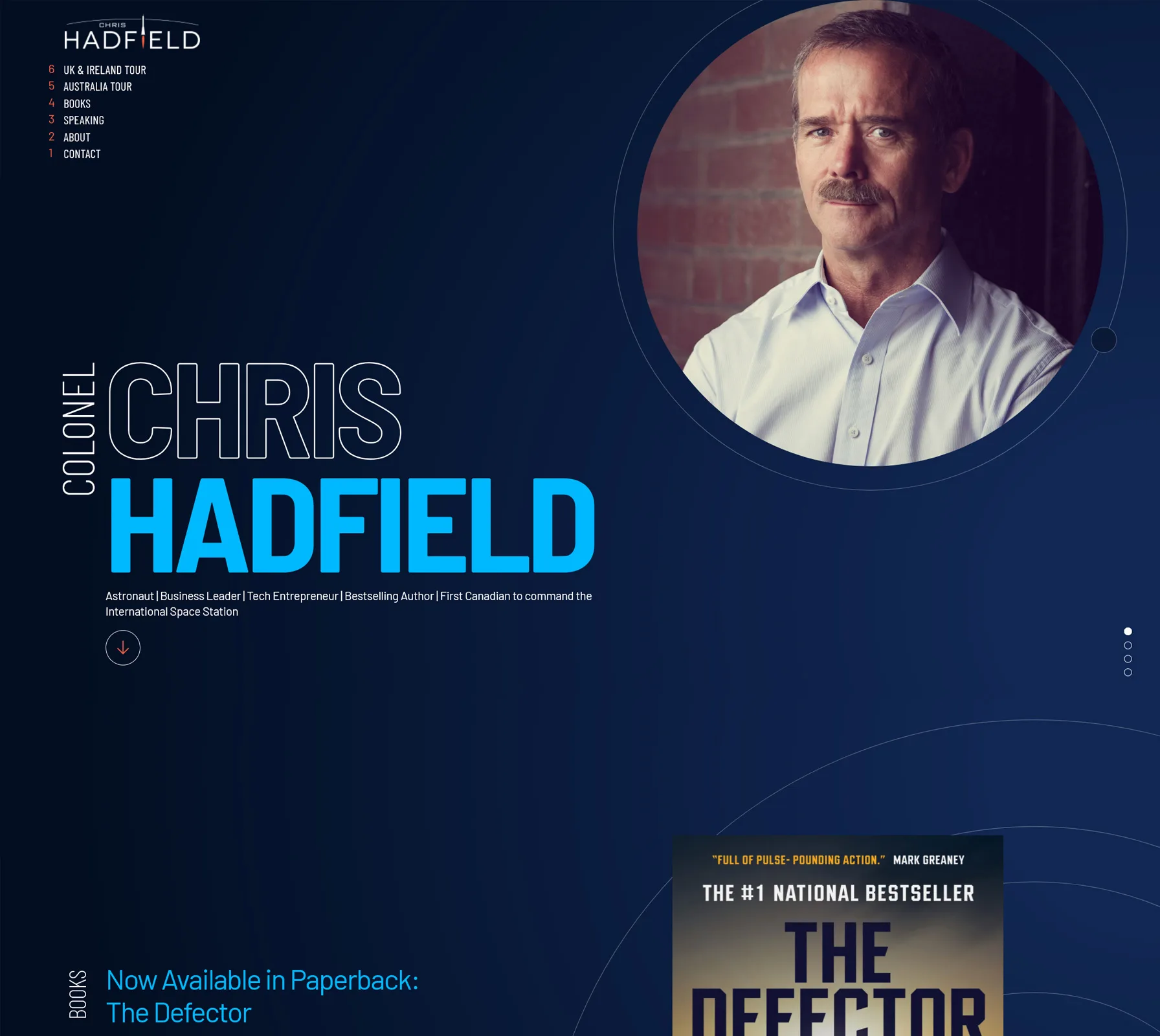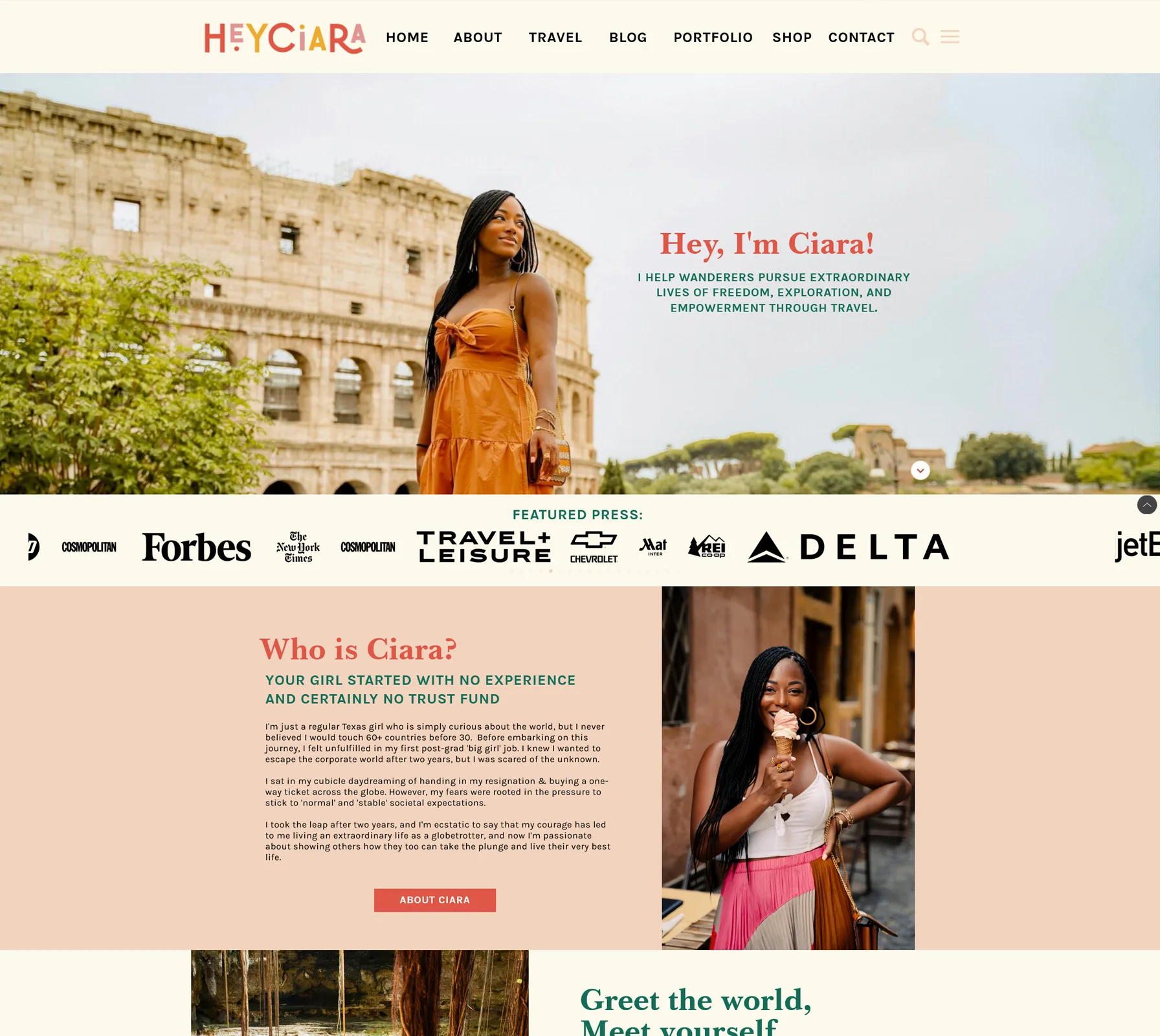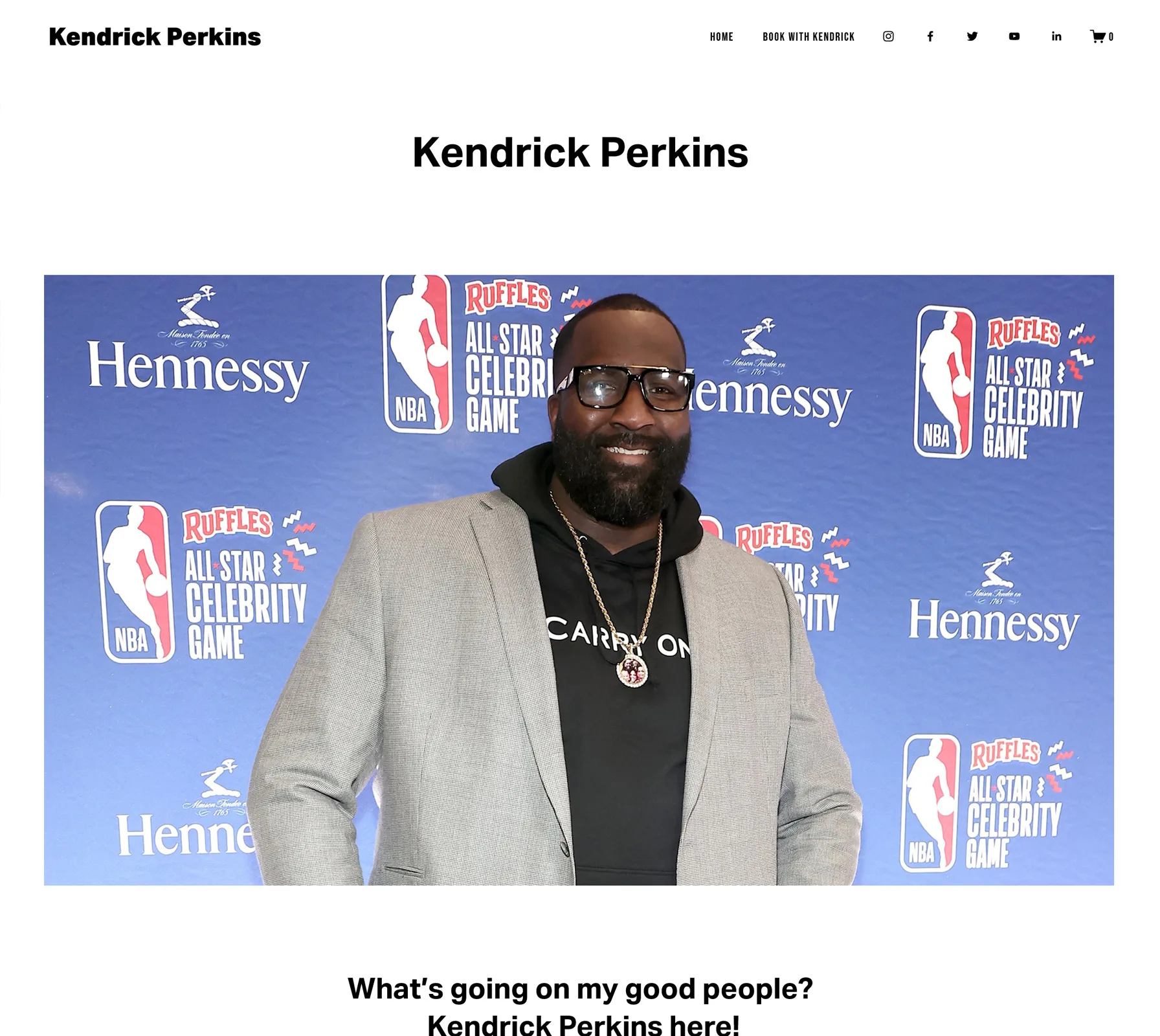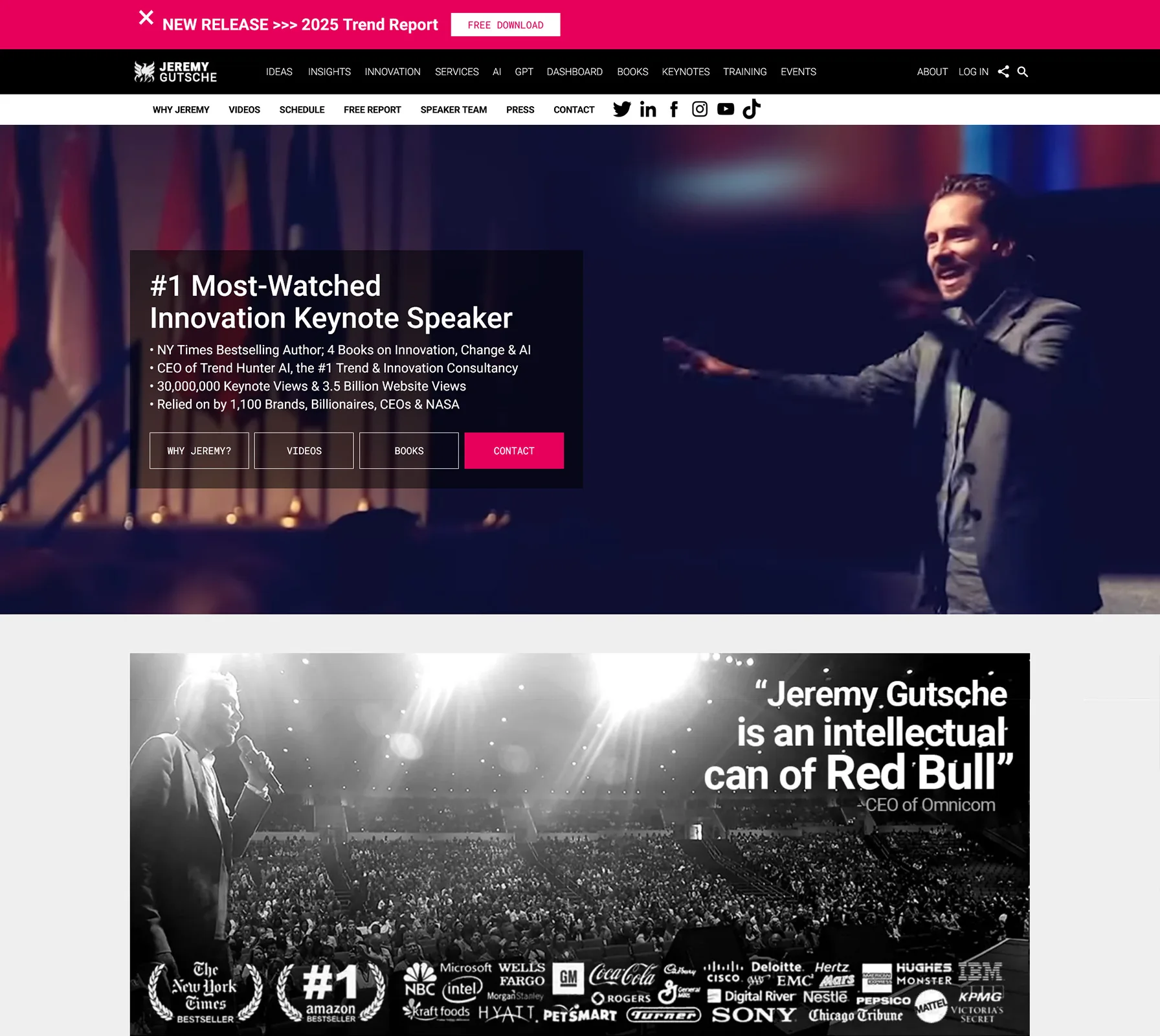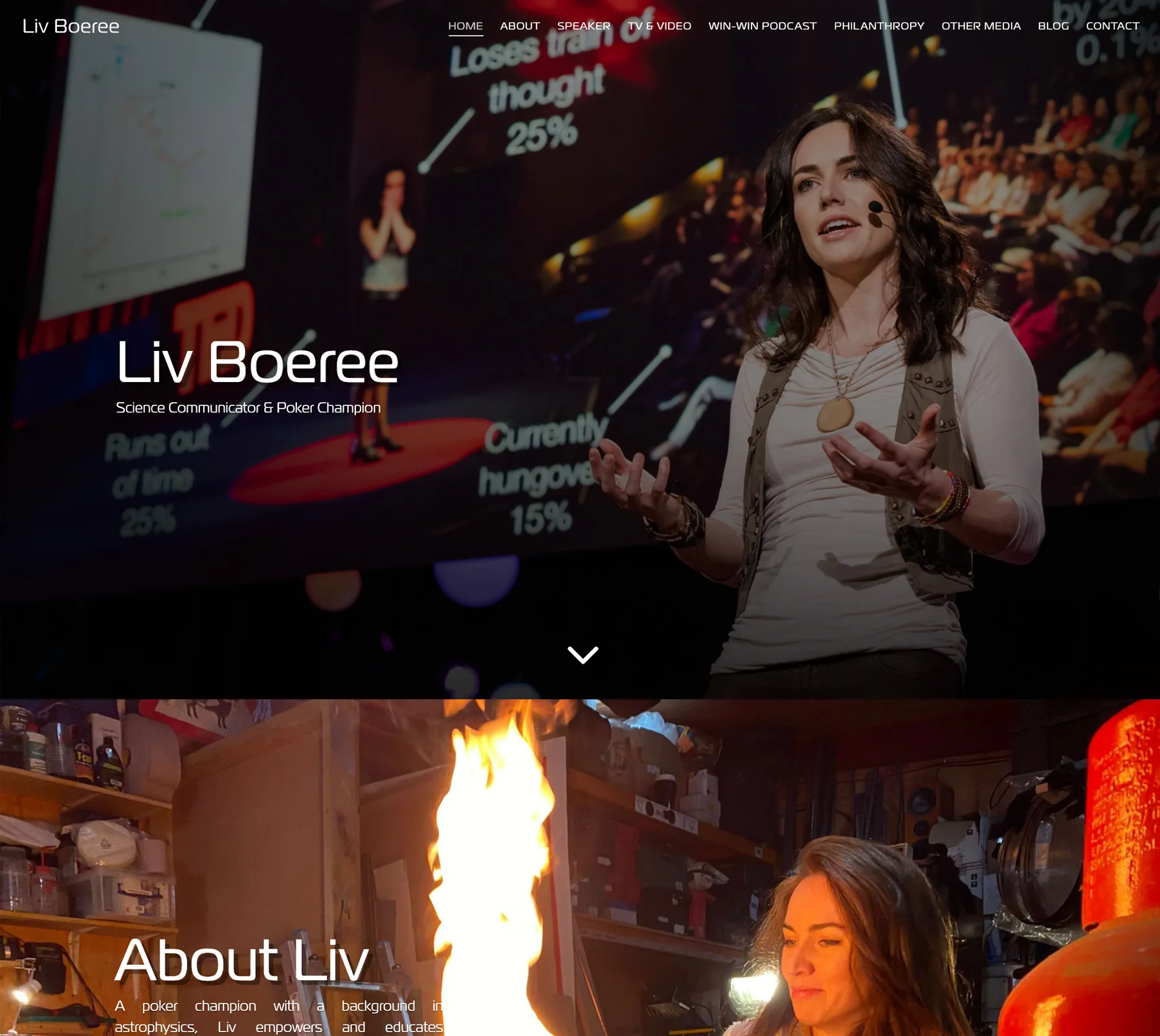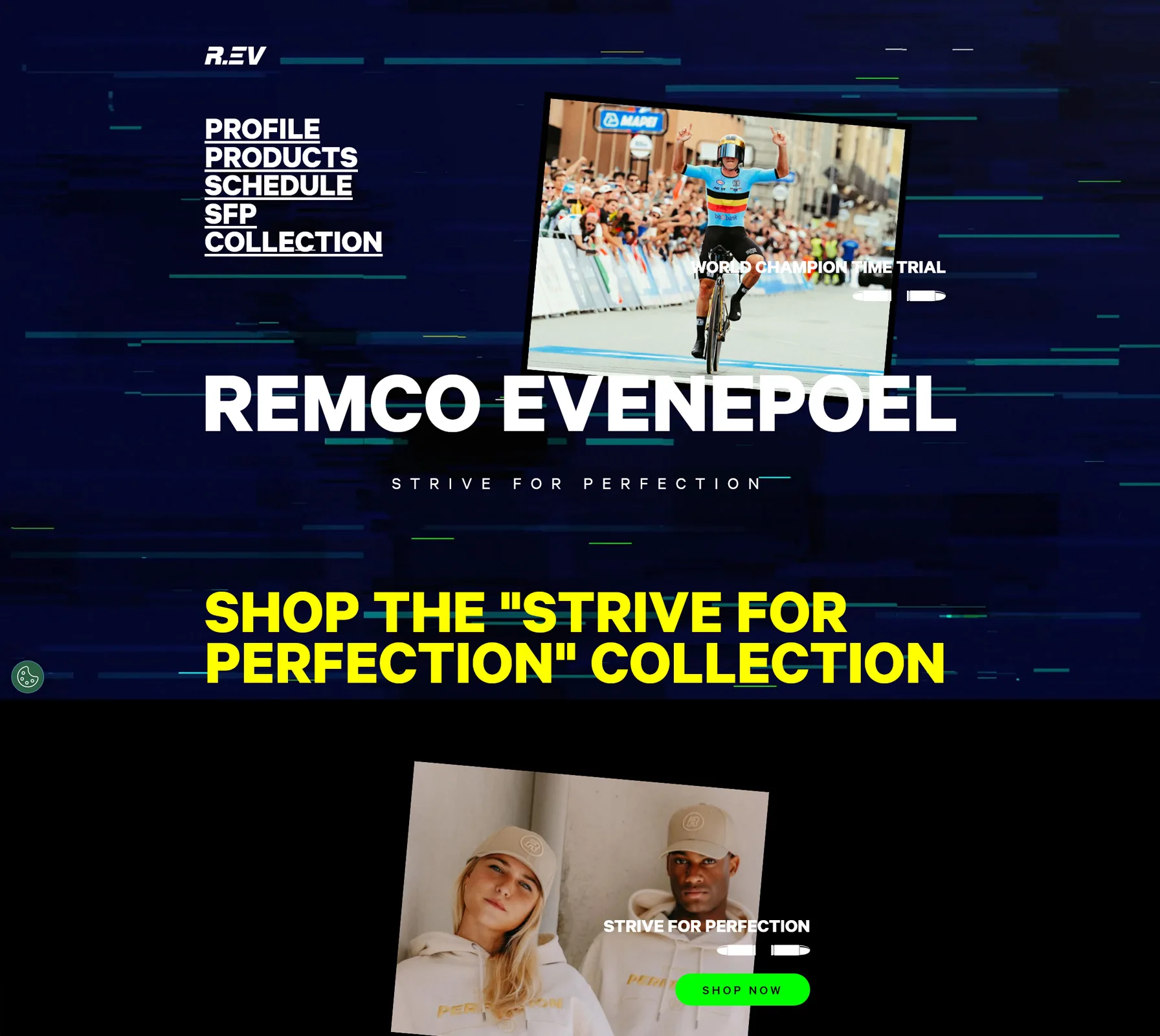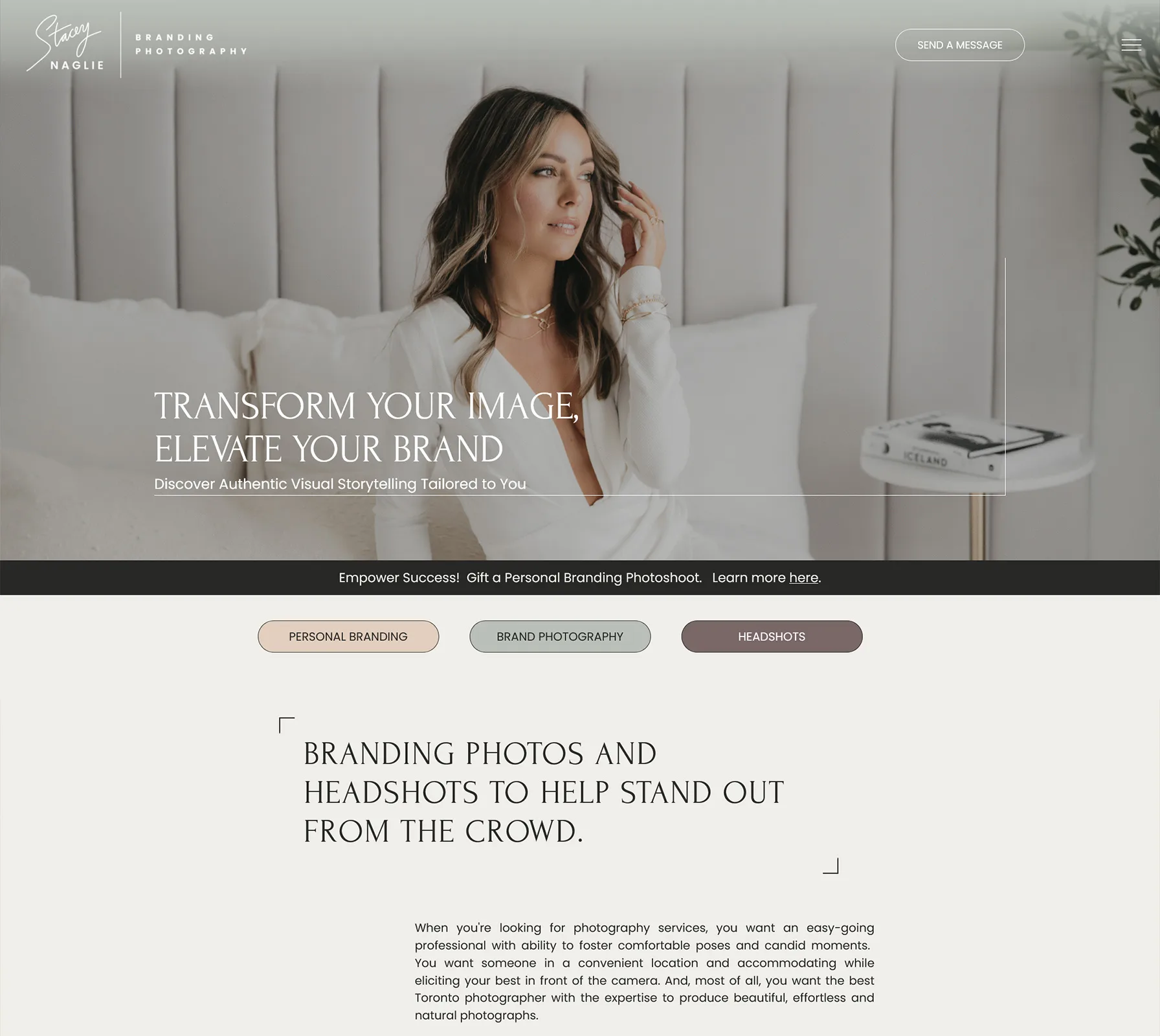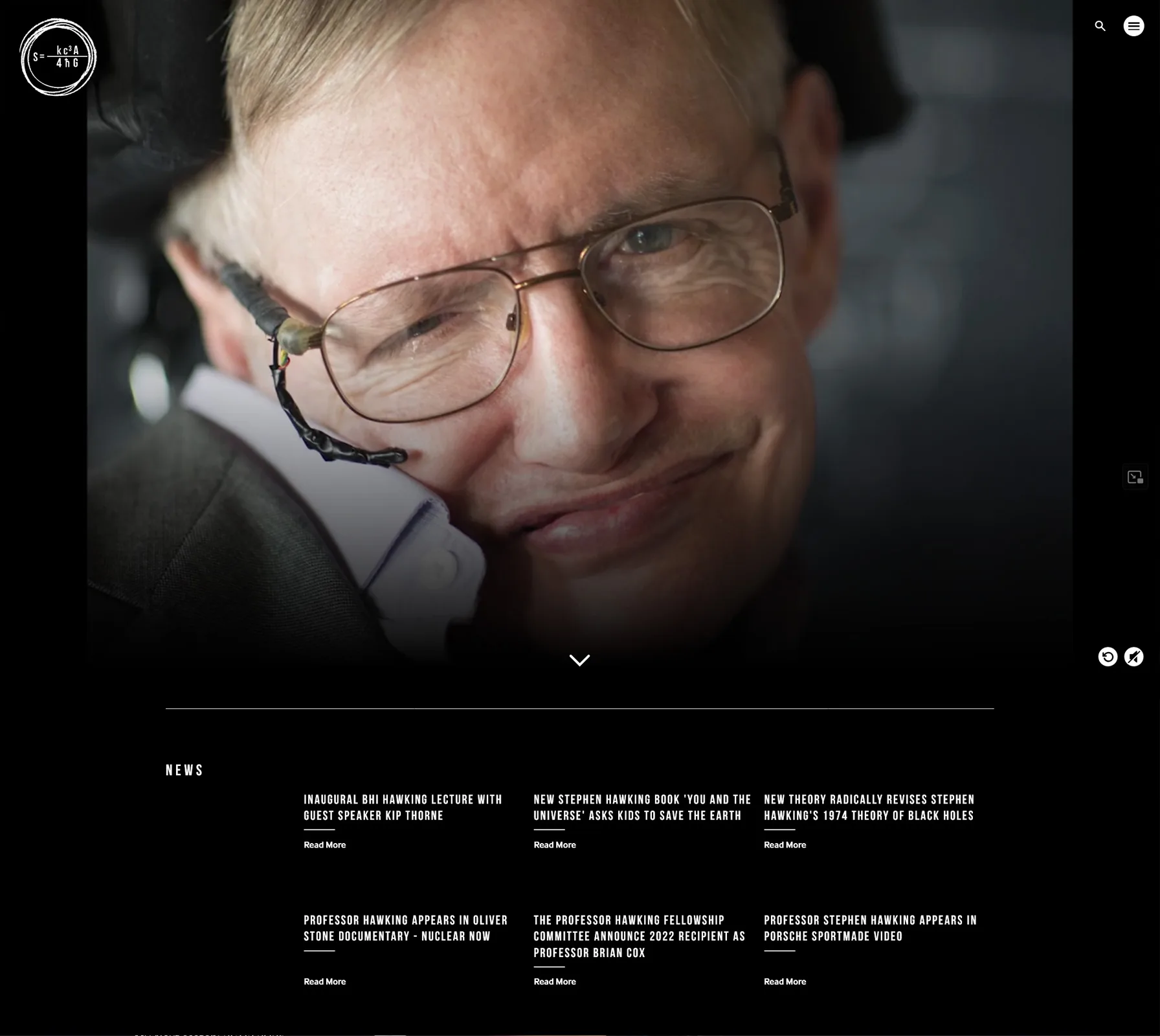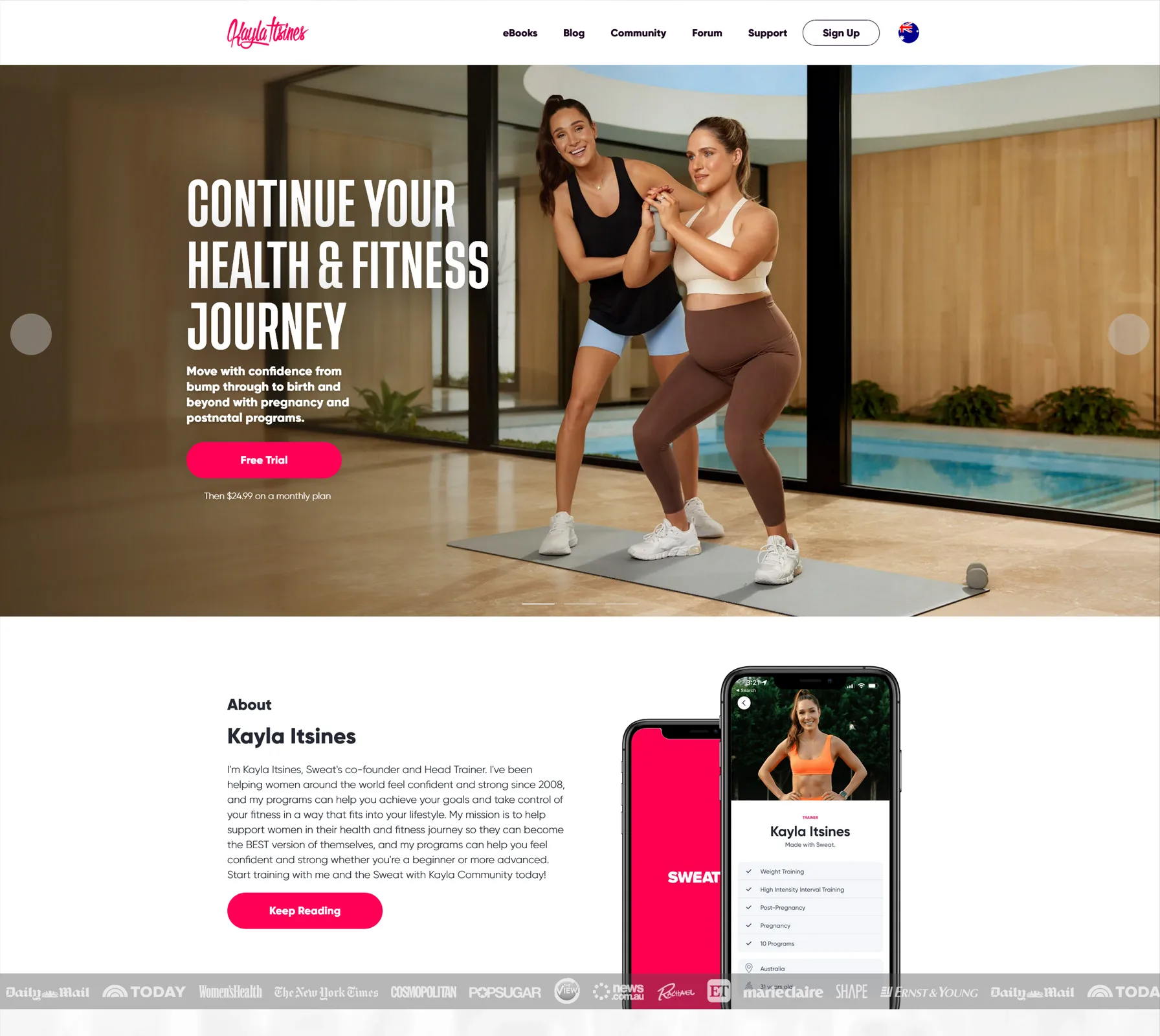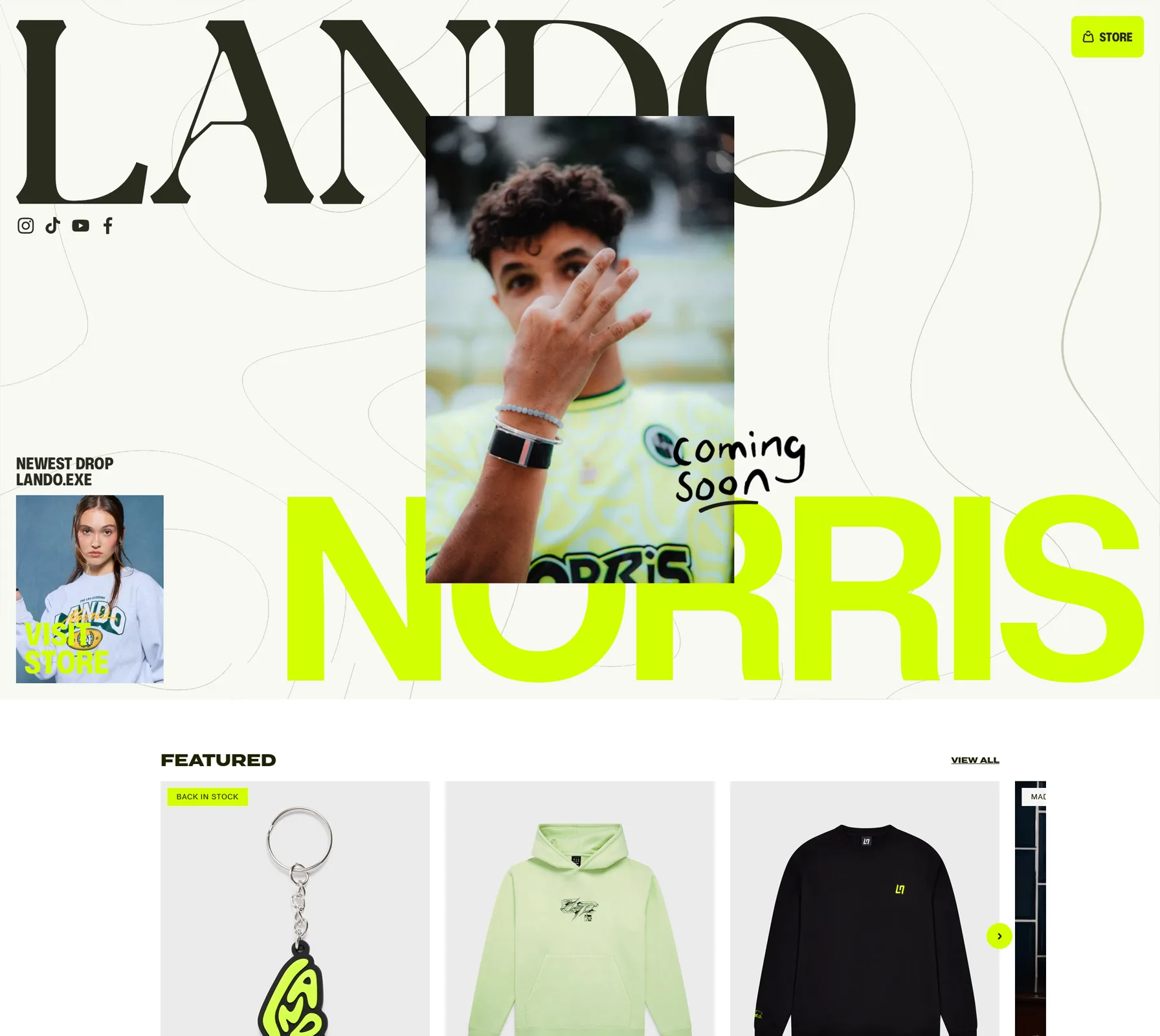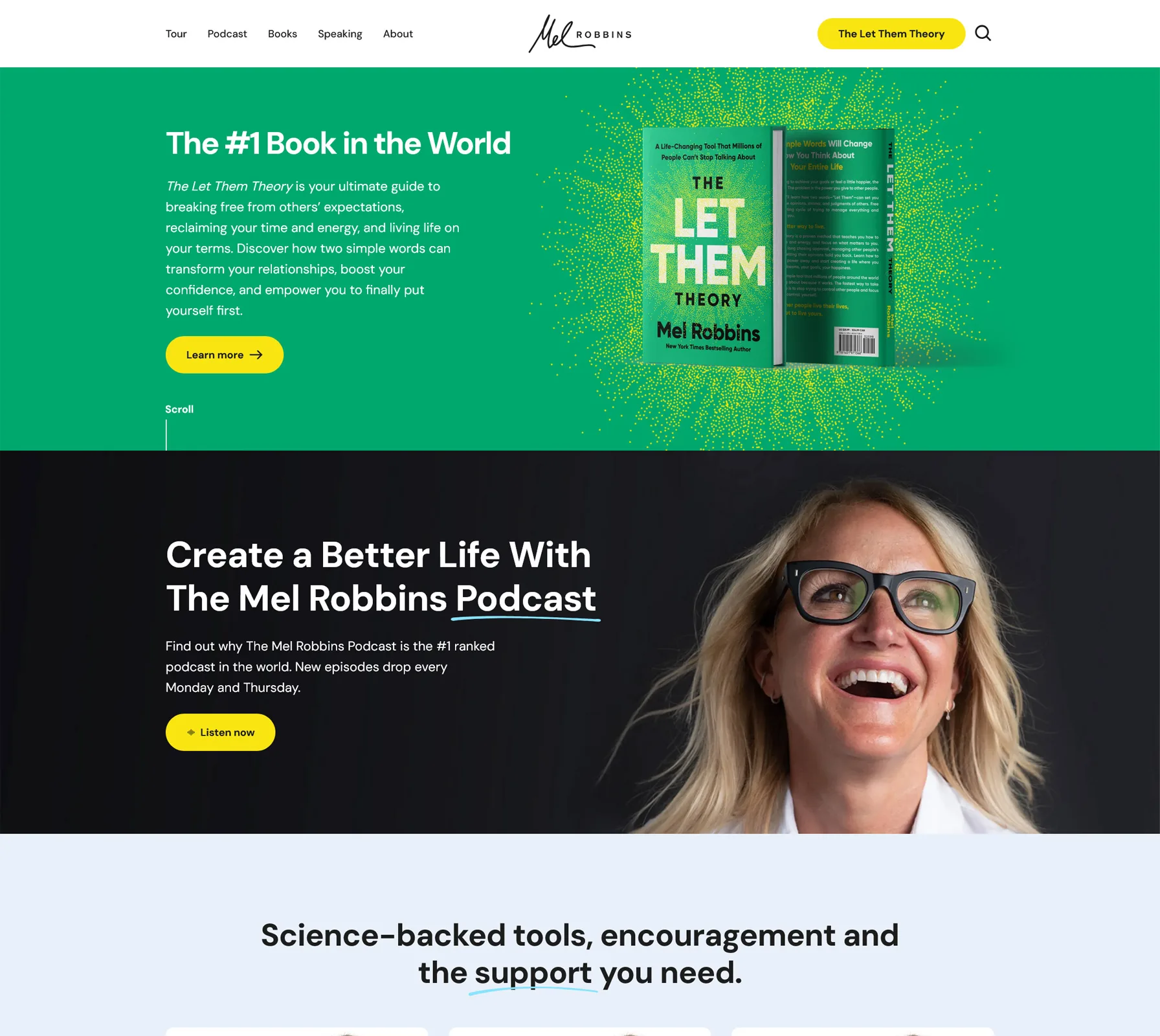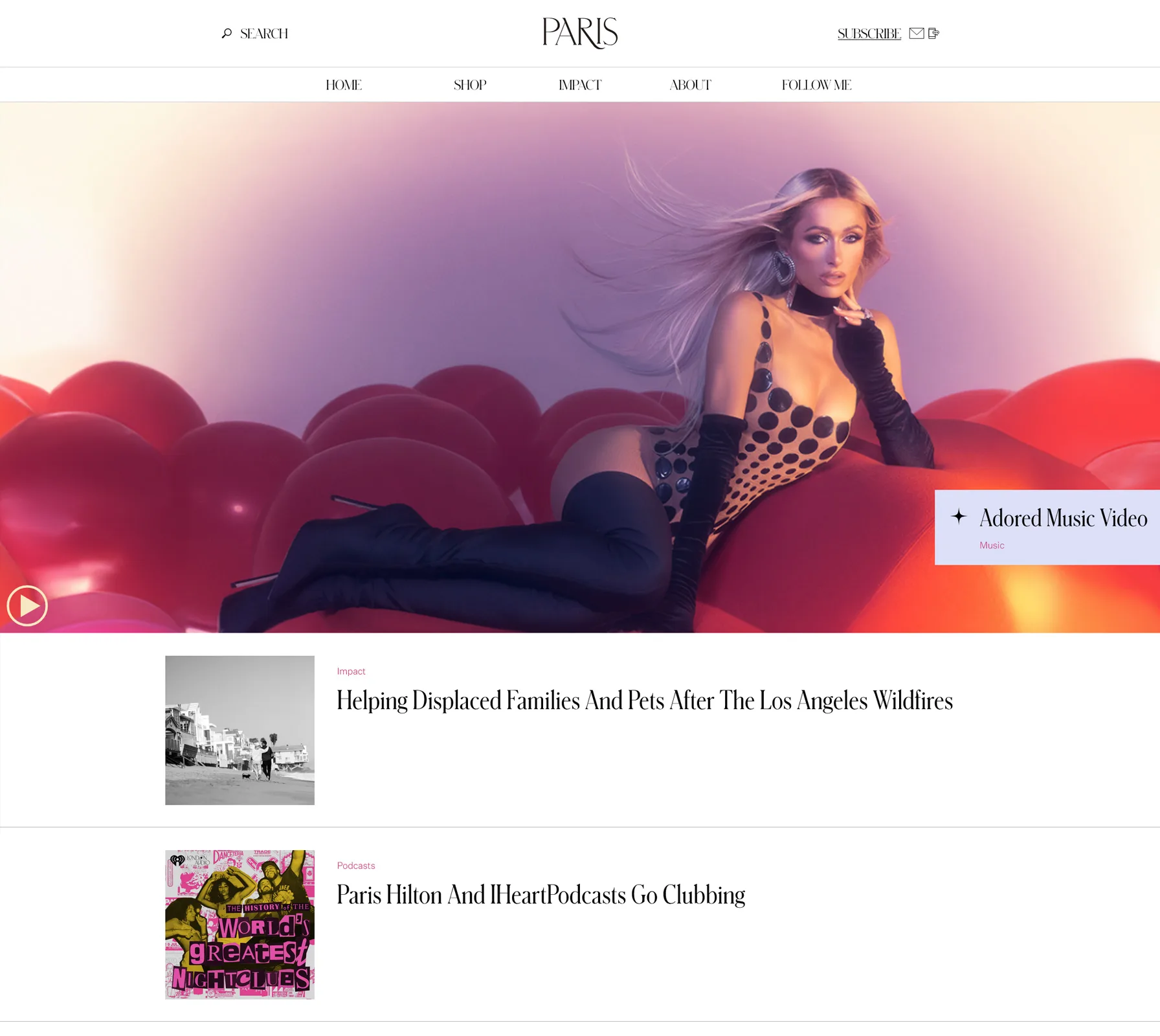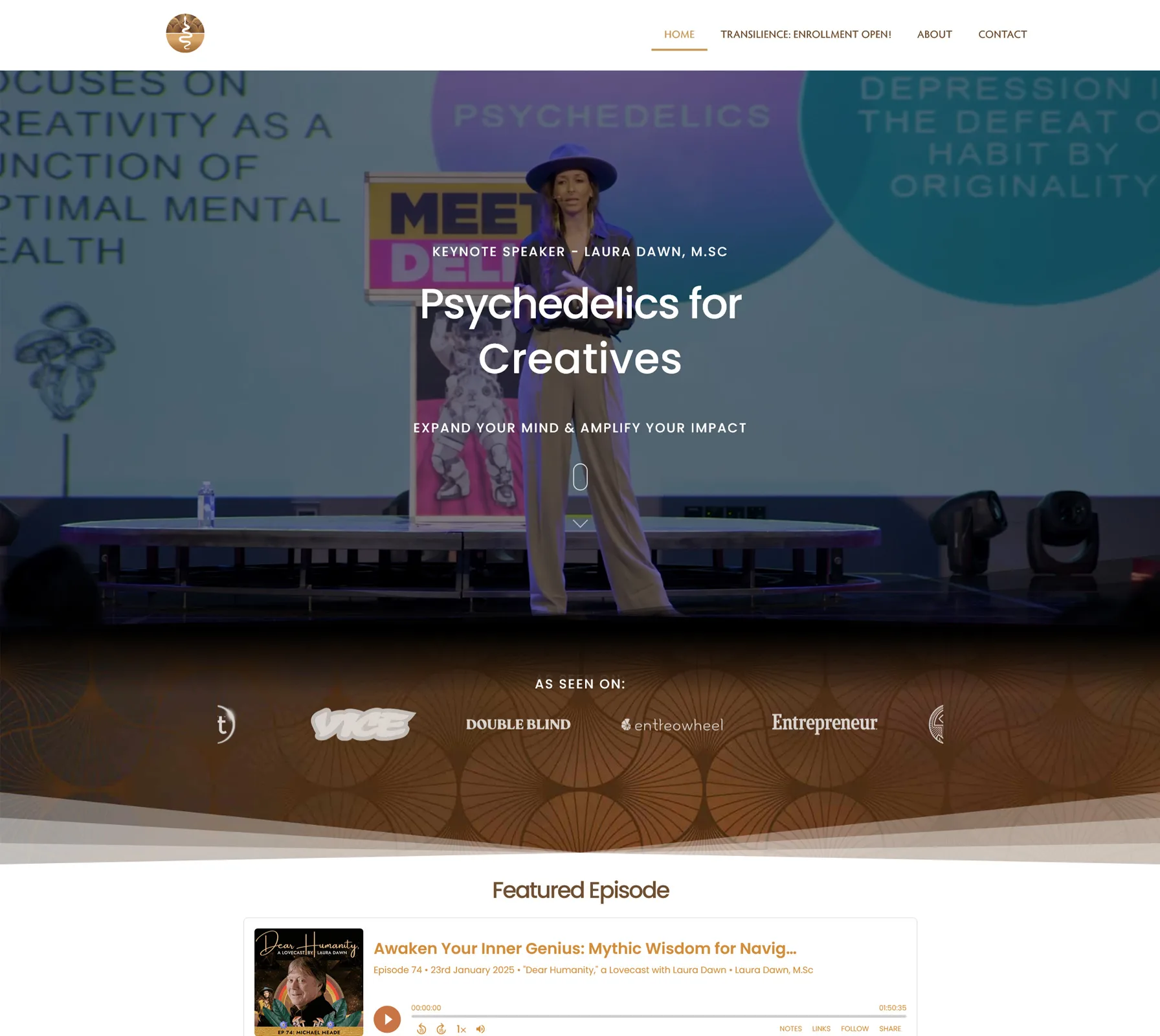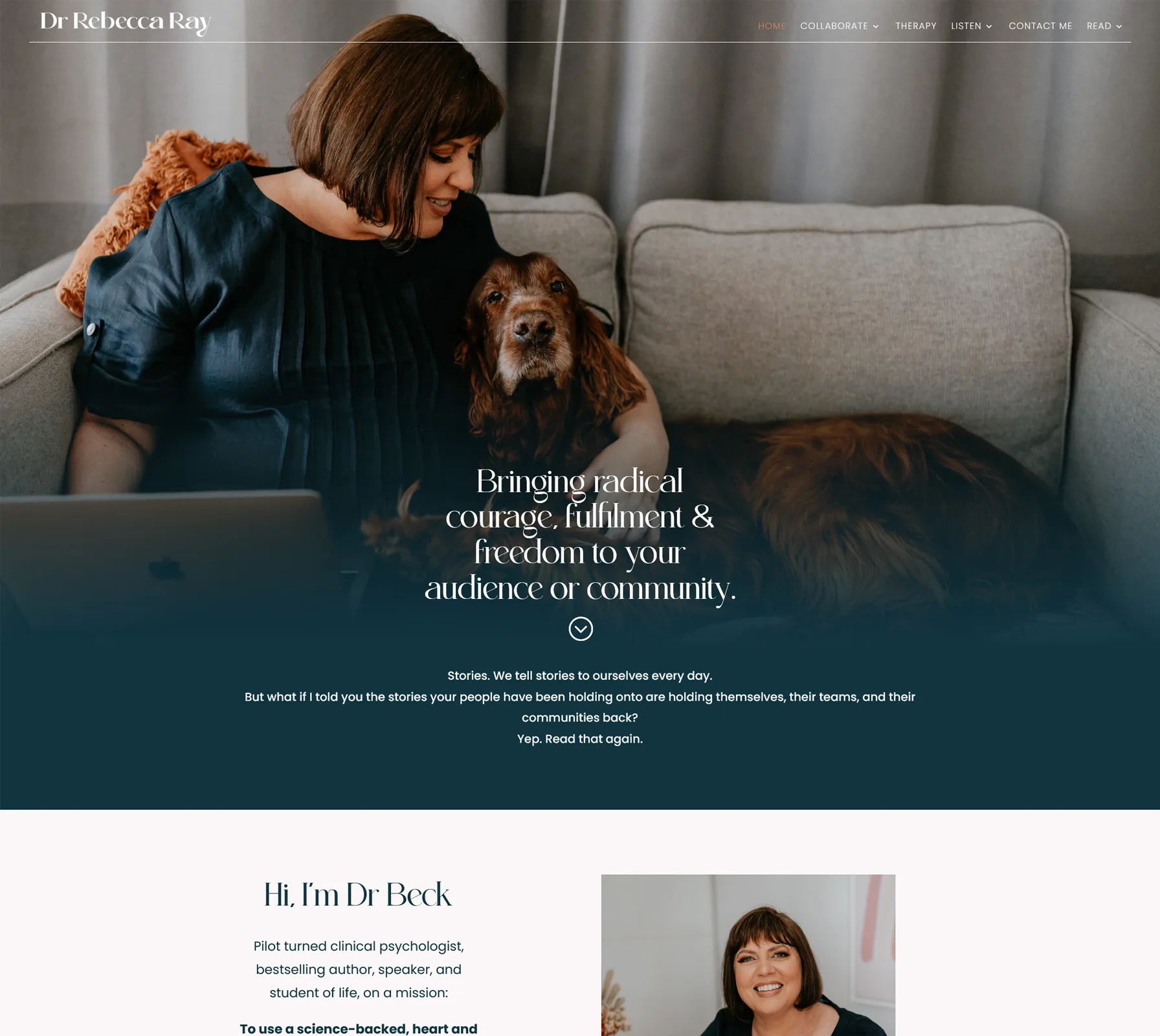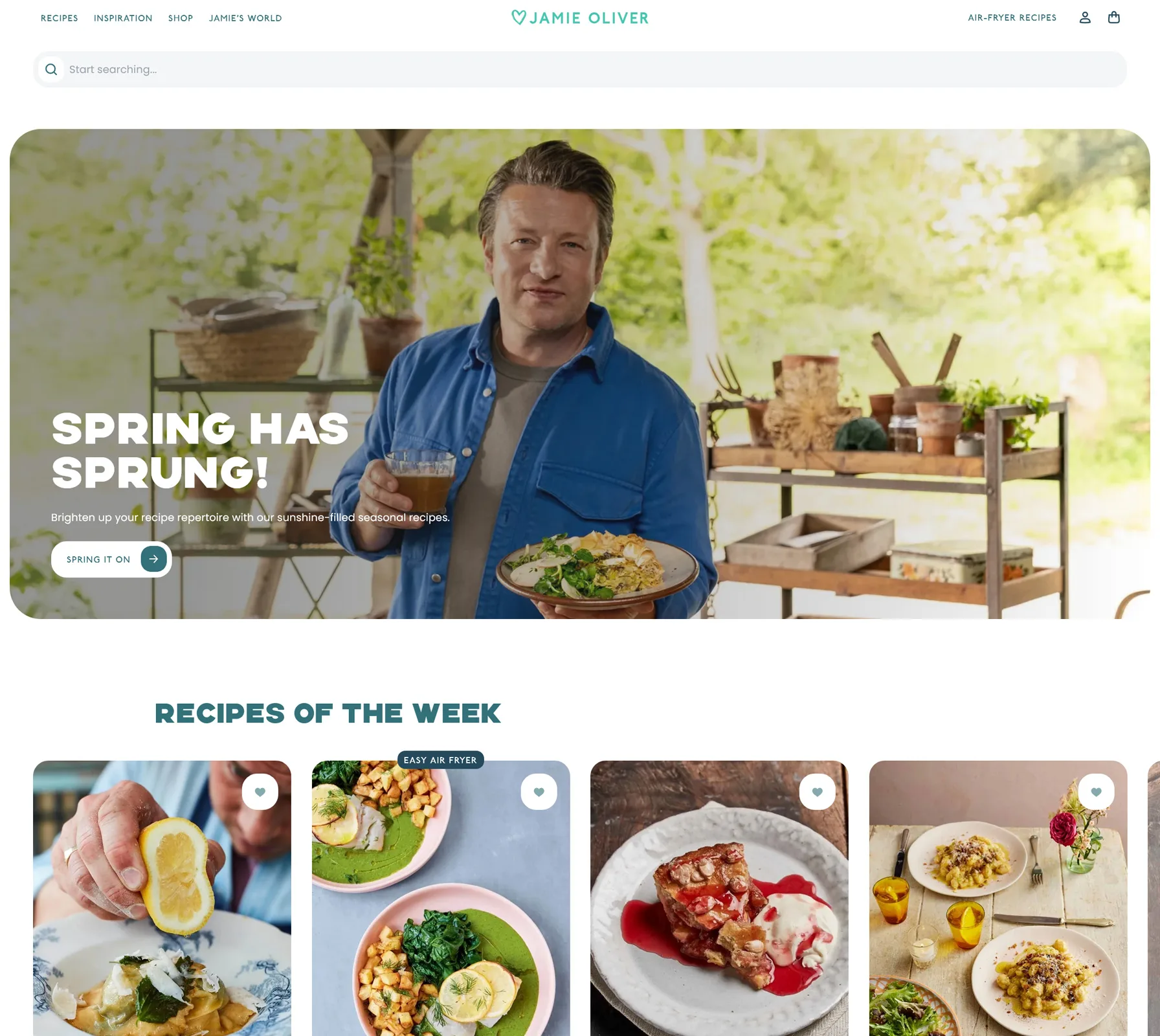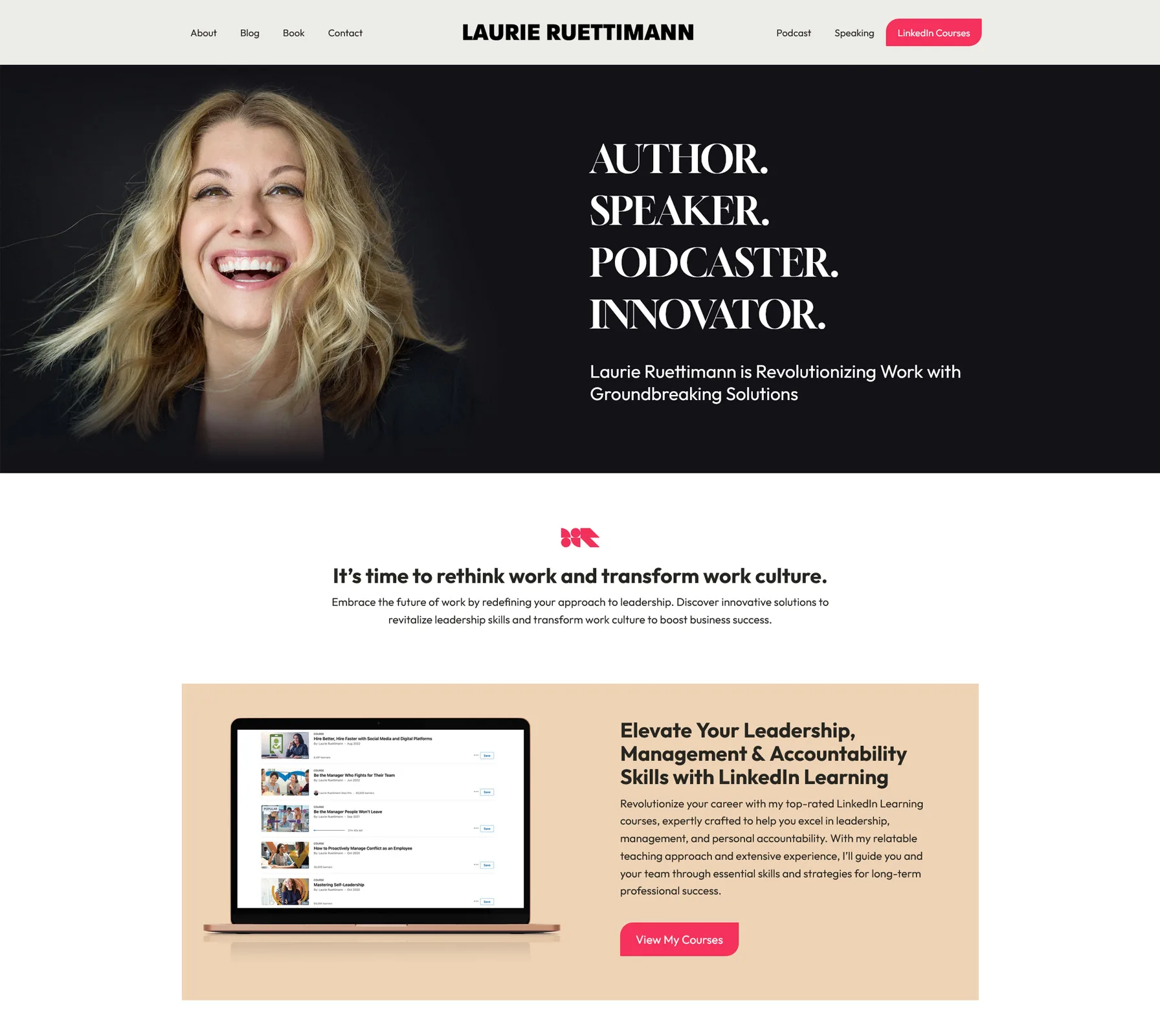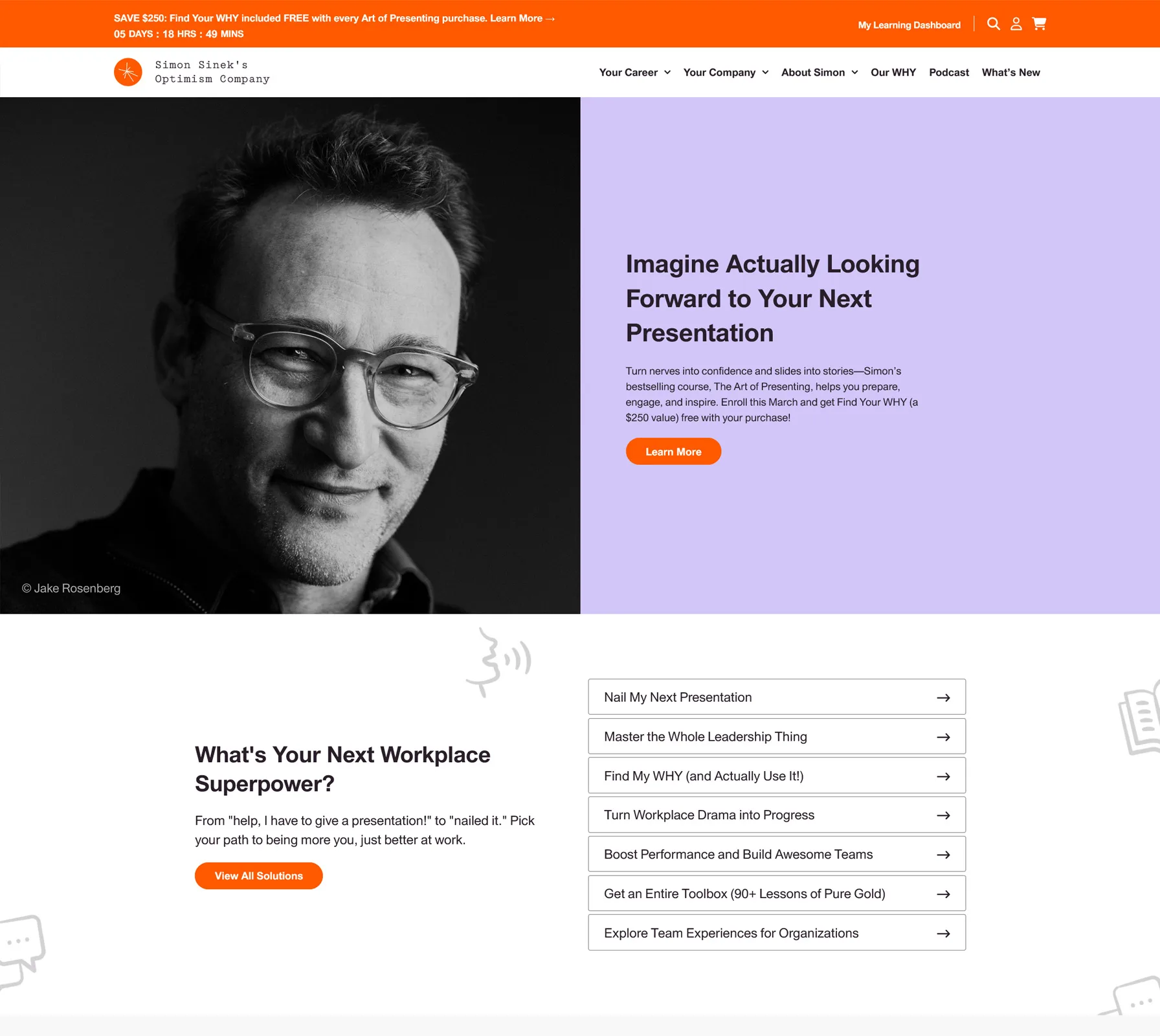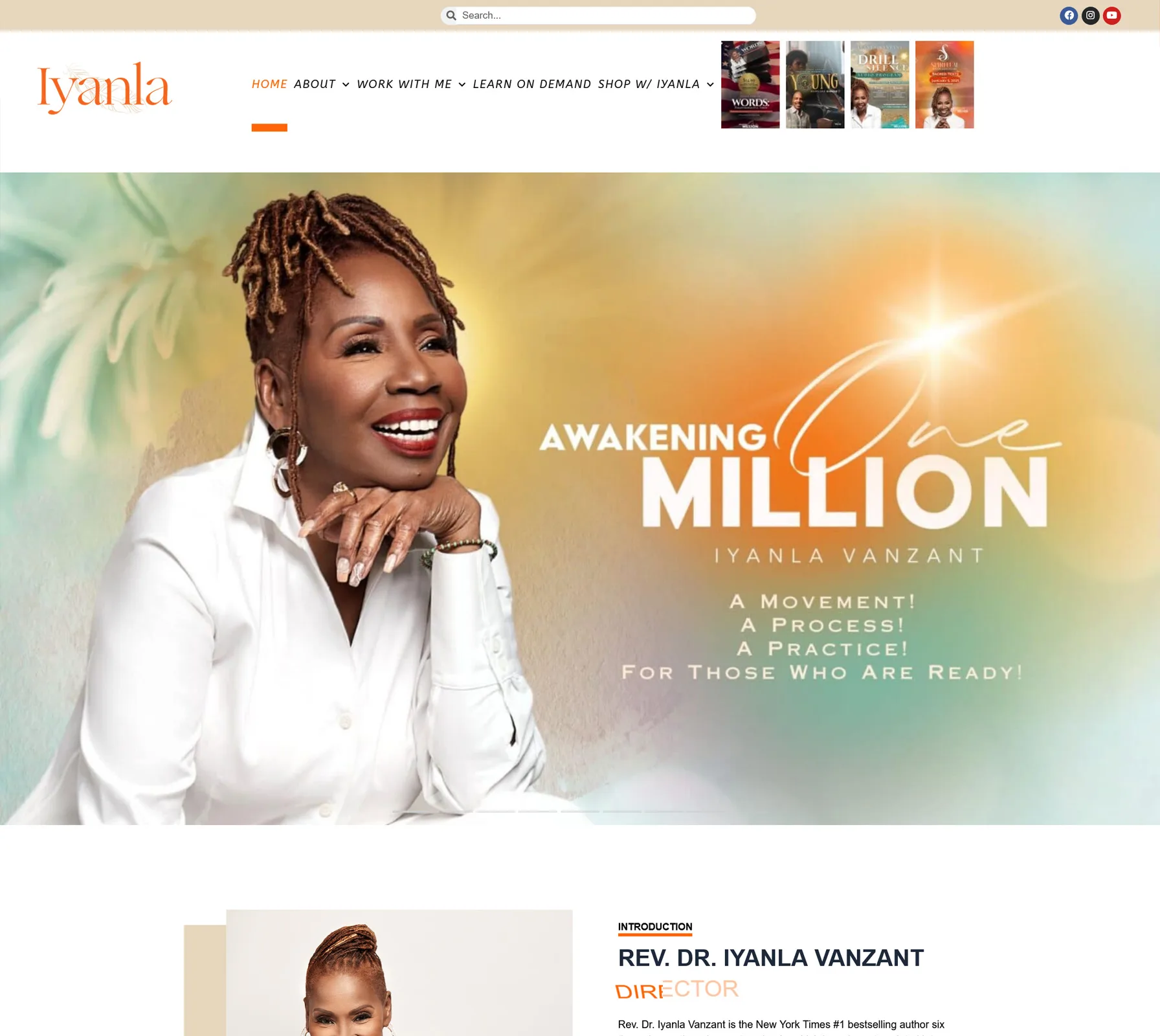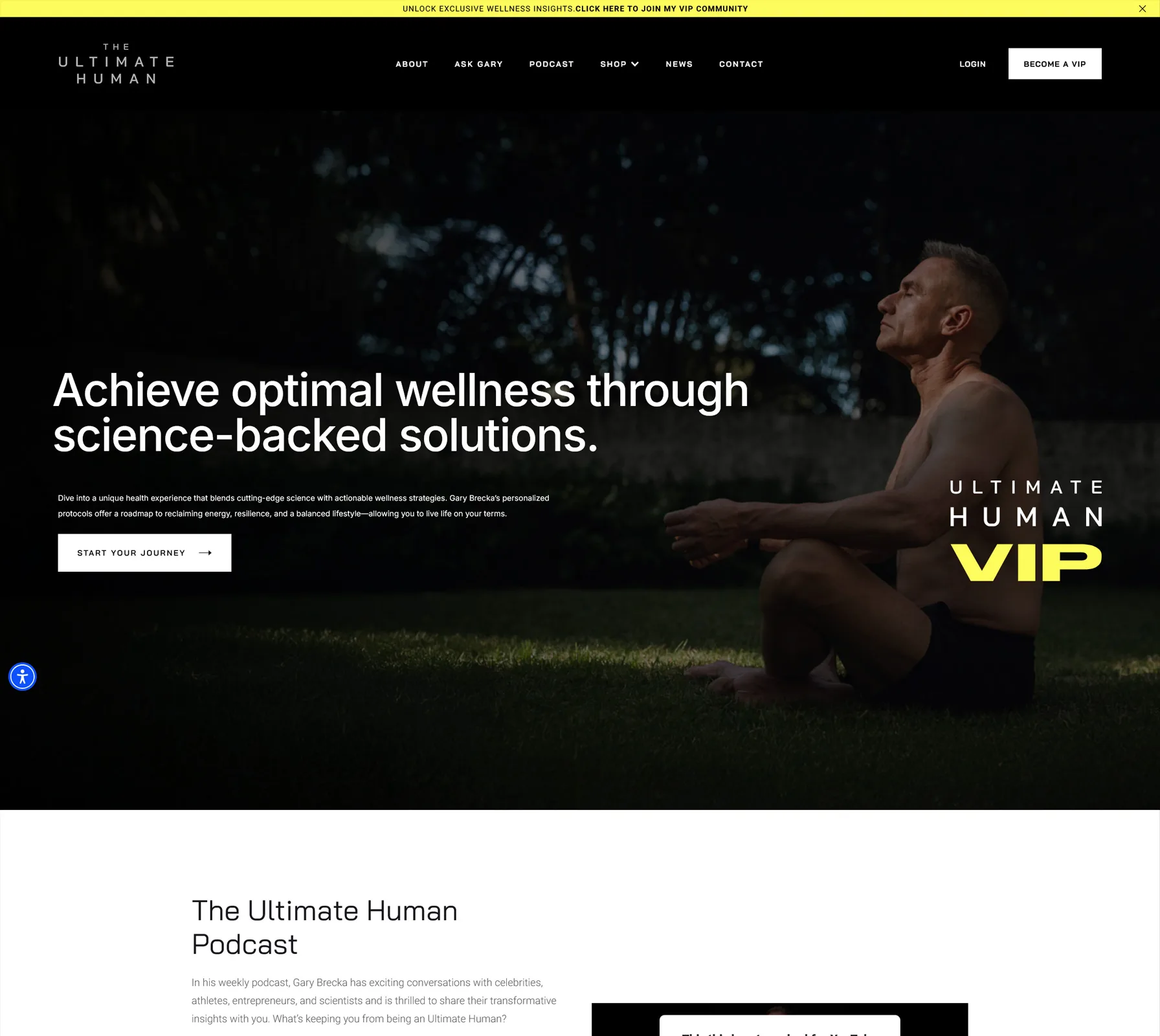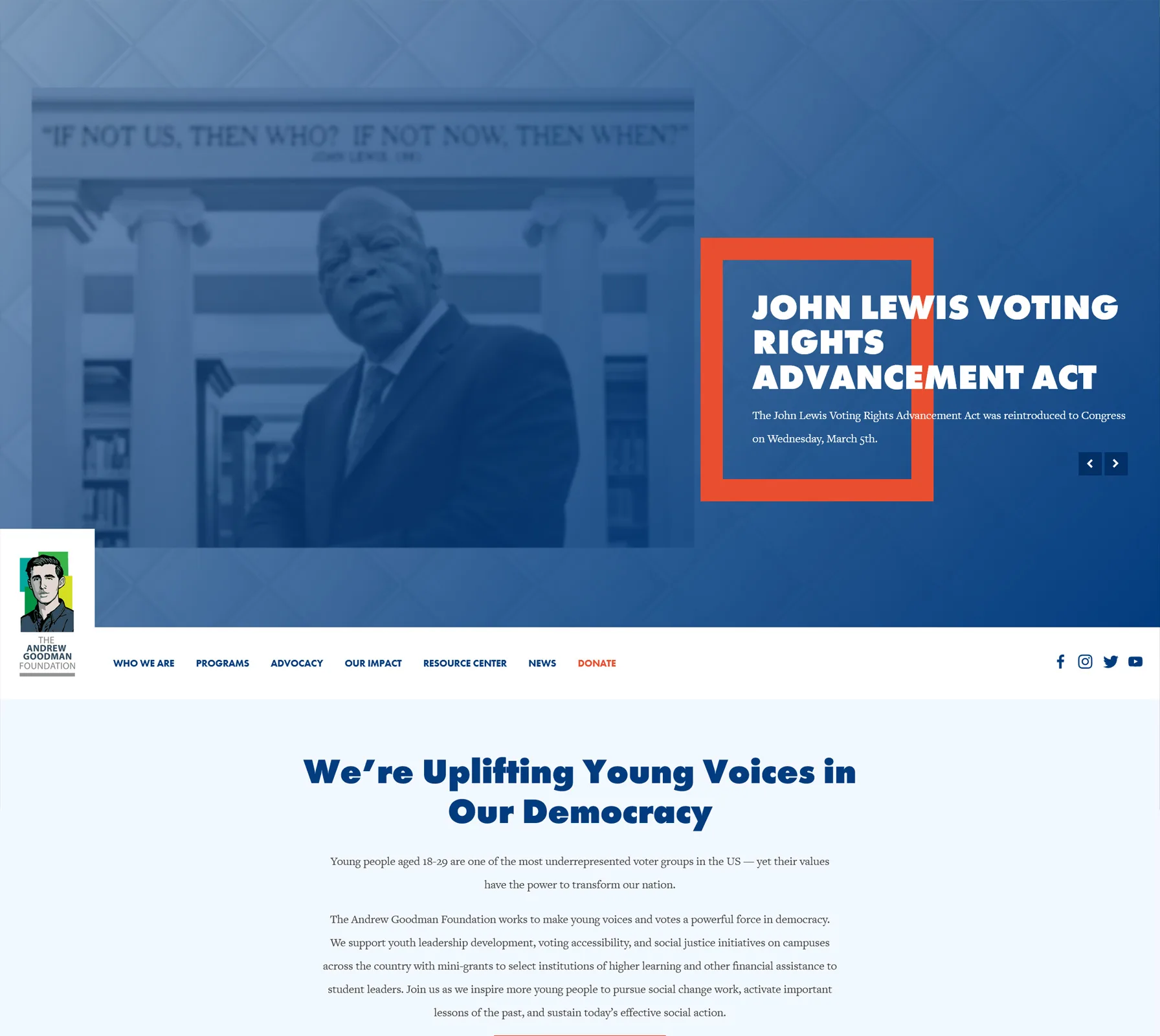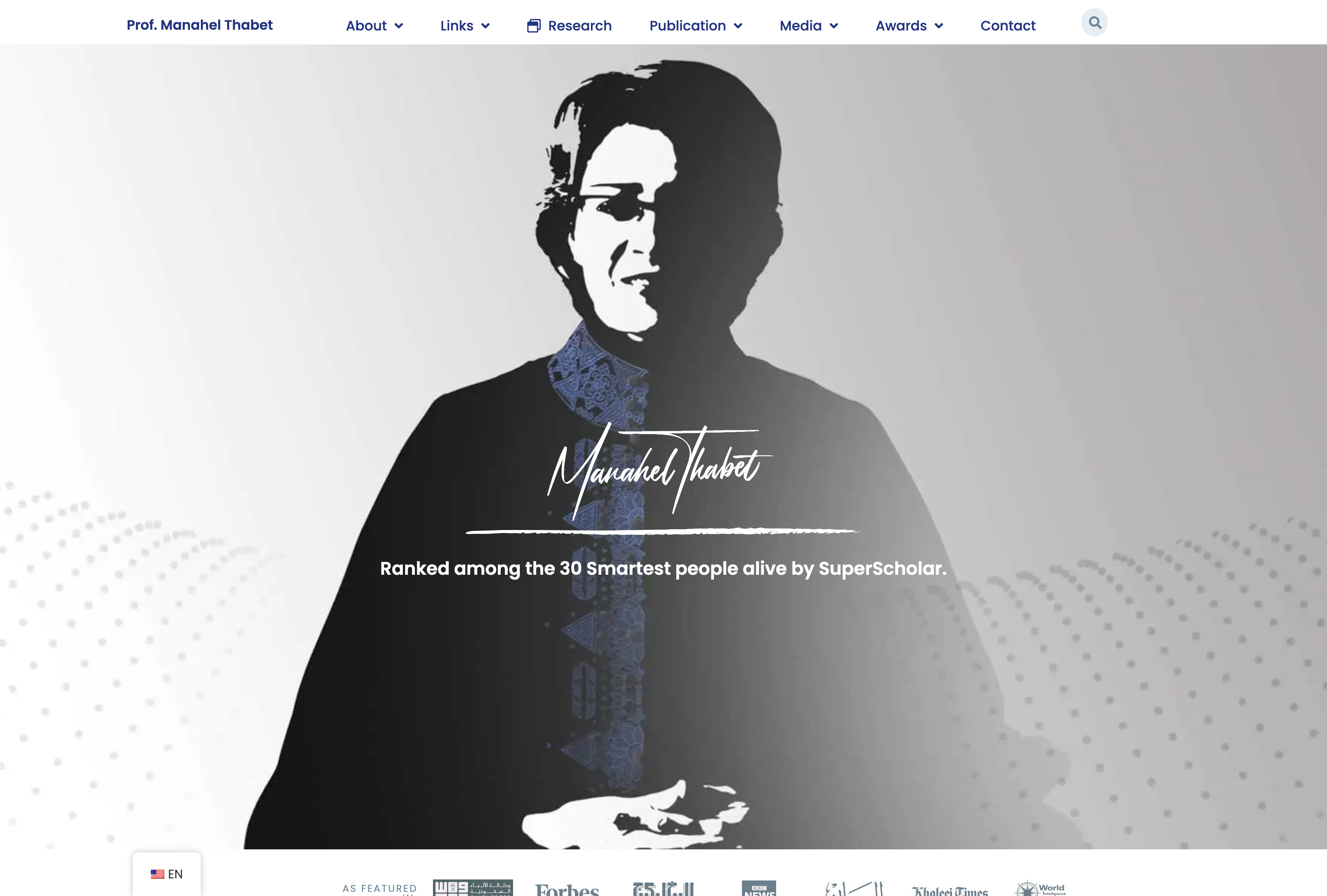How do you expand your personal brand? You’ve put in the hours, honed your craft, and built valuable experience—yet capturing your true value online can often be challenging. Without a powerful personal website, it becomes harder to tell your story and showcase your talents and achievements. Ultimately, your personal website should help drive both personal and business goals. This article explores the best personal website examples that set the benchmark across various fields, highlighting key elements such as compelling calls to action and effective use of multimedia.
A personal website allows you to:
- Showcase your skills and work samples
- Tell your story in a more immersive way than a LinkedIn profile ever could
- Improve visibility through search engine optimization (SEO)
- Provide a professional home for your services, resume, testimonials, and blog
- Give potential clients or employers a way to reach you directly
Explore successful case studies, expert tips on personal branding through web design, and practical advice on building and maintaining a site that stands out in the digital landscape. This guide will walk you through the key elements needed to build an impressive personal site.
Personal Marketing Websites
Personal Academic Websites
Professional Sports Personal Websites
Personal Consultant Websites
Public Speakers and Personal Authors Websites
Thought Leaders and Personal Executive Websites
Key Elements of an Effective Personal Website
An effective personal website is a vital part of your digital presence. It serves as your professional face online, allowing you to showcase your skills and personal experiences. By implementing a well-organized layout, vibrant colors, and clear navigation menus, you can engage visitors and guide them through your content. Personal websites are more than just a space to display work—they are platforms for communication, connection, and creativity. Whether you are a graphic designer, photographer, or content creator, having a professional site helps you stand out.
A well-crafted personal website serves as an individual’s professional hub, integrating SEO to reach broader audiences and personalized content to forge connections. It combines visual identity consistency with user-friendly design, ensuring visitors’ engagement from the homepage to the contact page. Moreover, by incorporating multimedia elements, storytelling, and bold headlines, these websites captivate and retain potential clients or collaborators, ultimately converting visits into opportunities.
|
Key Elements of the Best Personal Websites |
|
|
Compelling Content |
Clearly articulates your unique value proposition and immediately captures visitors’ attention. |
|
Great Photography |
High-quality images that build credibility and visually communicate your personality. |
|
Engaging Biography |
Tells your story authentically, highlighting key experiences and differentiators. |
|
Clear Call-to-Actions |
Directs visitors toward specific goals, such as contacting you, booking a consultation, or subscribing. |
|
Testimonials & Social Proof |
Builds trust and showcases your credibility through reviews, endorsements, and professional affiliations. |
|
Portfolio or Case Studies |
Demonstrates your expertise with concrete examples of your work and achievements. |
|
Mobile Optimization |
Ensures seamless user experience on all devices, enhancing accessibility and engagement. |
|
SEO-Friendly Content |
Strategically crafted content optimized for search engines, increasing your visibility online. |
|
Analytics & Tracking |
Provides insights into visitor behavior, enabling continuous improvement and optimization. |
Crafting a Compelling Homepage
The homepage is often the first impression visitors get, so it should be inviting and clear. Using stunning images and a clean layout can grab attention and encourage longer site visits. A one-page website can offer easy navigation, improving the user experience. Start with a strong headline that conveys who you are or what you do. Consider using accent colors to highlight important information. Ensure that your navigation menu is intuitive, leading visitors smoothly to other pages like your portfolio or contact details. This structured approach helps in leaving a lasting impact.
About Me Page: Building Personal Connection
An “About Me” page is your opportunity to build a personal connection with site visitors. It’s where you can discuss your journey, skills, and achievements. Share personal experiences that shaped your career. A well-written paragraph about your background can make you relatable while promoting your expertise. Including a professional photo adds a warm touch, offering a glimpse into who you are. This page can also link to your social media profiles, enhancing the ways people can connect with you. By being authentic and articulate, you create trust and interest, encouraging further interaction.
Contact Page Essentials
The contact page is crucial for effective communication. This section should make it easy for visitors to reach you through a simple yet informative layout. Include a contact form to streamline the way potential clients get in touch. Clearly display your contact info, such as email and phone number, ensuring it is easy to find. Add links to your social media profiles for more engagement opportunities. Consider including a brief welcome statement to make the page feel more approachable. Accessibility is key, so ensure all details are front and center, encouraging open lines of communication.
Integrating SEO for Maximum Reach
Search engine optimization (SEO) is essential to increase your site’s visibility. By integrating SEO practices, you ensure that potential clients can find you online. Start by using relevant keywords throughout your content, such as “graphic designer” or “personal portfolio.” Ensure your website loads quickly to improve user experience. High-quality, optimized images also help in SEO. Keep meta descriptions and titles clear and reflective of your site’s content. Internal links throughout your pages improve navigation while boosting search engine ranking. By focusing on these elements, your personal website can reach a broader audience effectively.
Personal Branding with Web Design
Your personal website serves as a digital business card. It showcases your skills, experiences, and professional identity. An effective personal website communicates who you are and sets you apart from others. It reflects your uniqueness and what you bring to the table. When building a personal site, focus on creating a cohesive brand. This involves careful selection of design elements, colors, and layout. They should all align with your persona. By thoughtfully combining these aspects, your website becomes a powerful tool. It not only attracts visitors but also encourages them to connect with you professionally.
Consistency in Visual Identity
A strong visual identity is key to personal branding. It requires maintaining consistency across your website. Start by selecting a fitting color palette that represents your style. Ensure colors carry through each page, creating a unified experience. Vibrant colors can make your site memorable, but use them sparingly. Stick to two or three accent colors for balance. Consistent typography also plays a vital role. Choose fonts that reflect your personality and remain uniform throughout. Logos and other design elements should further reinforce this identity. Cohesion in design helps visitors recognize and remember your brand, enhancing their overall perception.
User Experience and Engagement
User experience is crucial for keeping visitors on your site. A well-organized layout and easy navigation menu are important. These make it simple for users to find information quickly. A one-page website can offer seamless browsing, while complex content might require multiple pages. Including a contact form is essential. It provides a straightforward way for users to reach out. Engaging content encourages users to explore further. Share personal experiences, creative projects, or a photography portfolio to pique interest. Interactive elements like animations or hover effects can heighten engagement and improve user experience.
Utilizing Multimedia Elements
Integrating multimedia elements can enhance the depth and appeal of your website. Stunning images or video backgrounds are eye-catching and can hold attention. They bring stories to life, whether you’re displaying a travel blog or an online portfolio. It’s important to ensure media is responsive and of high quality. Audio or video clips can add a personal touch. This can be particularly effective for content creators and graphic designers showcasing work. Social media profiles linked on your site can add another dimension. They provide visitors with a broader view of your content and personality. Overall, multimedia enhances storytelling and enriches the user journey.
Best Practices for Personal Website Content
Creating a personal website can be a rewarding experience. It’s your chance to shine and showcase your unique talents and skills. A well-crafted site can make a lasting impression on visitors. To achieve this, focus on key elements like a well-organized layout and vibrant colors. Your website should include an intuitive navigation menu, making it easy for users to find your contact info or personal portfolio. User experience is crucial, so ensure your site is easy to navigate and visually appealing. If you’re a graphic designer or a content creator, unique design elements and stunning images can help your site stand out. Don’t forget to incorporate direct contact details, such as a clear and simple contact form. Making your site both functional and visually enticing will greatly improve your online presence.
Crafting Powerful Headlines
Headlines are the first things that grab a visitor’s attention. A strong headline can draw in readers and encourage them to explore further. Powerful headlines should be concise and engaging, sparking curiosity or emotion. Consider your audience as you brainstorm, and use language that resonates with them. Including keywords that highlight the essence of your site can also be helpful. Using action words or questions can peak interest, urging visitors to learn more. Keep your headlines simple and direct, allowing readers a clear understanding of what to expect. It is essential that your headlines align with your content, presenting a cohesive message that reinforces your personal brand.
Storytelling Techniques for Personal Branding
Storytelling is an effective tool for personal branding. Sharing your personal experiences can create a connection with your audience. Start by identifying the key events or experiences that define your journey. Craft a narrative that highlights your growth and achievements, while engaging the reader. Use descriptive language to paint a vivid picture of your experiences. This can be especially effective for those with a photography portfolio or a travel blog, allowing visitors to visualize your stories. Remember to maintain an authentic voice, as transparency builds trust. By sharing your story compellingly, you emphasize the values and skills that define your brand identity.
Showcasing Achievements and Testimonials
Showcasing achievements and testimonials on your personal website adds credibility. They serve as proof of your skills and successes. Begin by selecting accomplishments that align with your professional goals. These could include awards, recognitions, or significant projects. Be sure to present them clearly and briefly, so they are easy to read. Testimonials from clients or colleagues can provide a powerful endorsement. Collect quotes that highlight your strengths and the solutions you provided. It’s wise to place these in a visually distinct section, drawing attention to them without overwhelming the visitor. With a well-crafted display of your achievements and feedback, you can build trust and attract potential clients or collaborators.
Case Studies: Personal Websites that Excel
In the digital age, personal websites have become more than just online resumes. They serve as platforms for creative professionals, entrepreneurs, and enthusiasts to showcase their work, share their stories, and connect with a broader audience. Personal websites that excel often offer stunning images, well-organized layouts, and seamless user experiences. These elements attract visitors and keep them engaged. Let’s delve into some inspiring success stories and the lessons we can learn from these exemplary designs.
Inspiring Success Stories
In the realm of personal websites, a few examples stand out for their uniqueness and effectiveness. Consider the story of a graphic designer who transformed their personal portfolio into a one-page website. They used vibrant colors and a striking color palette to catch the visitor’s eye. With clear navigation menus and contact info placed prominently, visitors find it easy to navigate and appreciate the design elements.
Another success story is that of a travel blogger. By integrating stunning images and a minimalistic design, they created a space that shares personal experiences vividly. The use of a cohesive color scheme and accent colors enhances the visual appeal, while links to social media profiles ensure visitors can follow their journeys beyond the website. These personal website examples highlight how a strategic approach to design and content can create a compelling online presence.
Lessons Learned from Exemplary Designs
Successful personal websites teach us several key lessons. First, a clear and intuitive navigation menu is crucial. It helps visitors find what they’re looking for without hassle. Including a contact form or contact details is equally vital. It ensures potential clients or followers can reach out easily.
Designers frequently use color schemes to evoke emotions and maintain consistency. A well-thought-out color palette can set the website’s mood, while the use of vibrant or accent colors can draw attention to essential elements. Moreover, integrating social media profiles creates a bridge to more interactions and engagements.
Finally, content creators must prioritize user experience. A well-organized layout and high-quality content reflect professionalism and dedication. Whether it is a photography portfolio, a personal portfolio, or a personal website, keeping the user at the center leads to a website that not only attracts but retains its audience. Through these examples, we learn the art of balancing aesthetics with functionality for an impactful personal online space.
Personal Marketing Websites
Savvy marketing and freelance professionals recognize that competing directly against larger agencies isn’t always effective—instead, they strategically leverage unique strengths by investing in a professionally designed Personal Marketing Website. A dedicated Personal Marketing Website highlights their agility, specialized skills, personalized service, and innovative creativity, clearly differentiating freelancers from bigger, less nimble competitors. Without a thoughtfully crafted Personal Marketing Website, independent professionals risk becoming invisible, forfeiting valuable visibility and business opportunities to those who confidently showcase their distinctive advantages online.
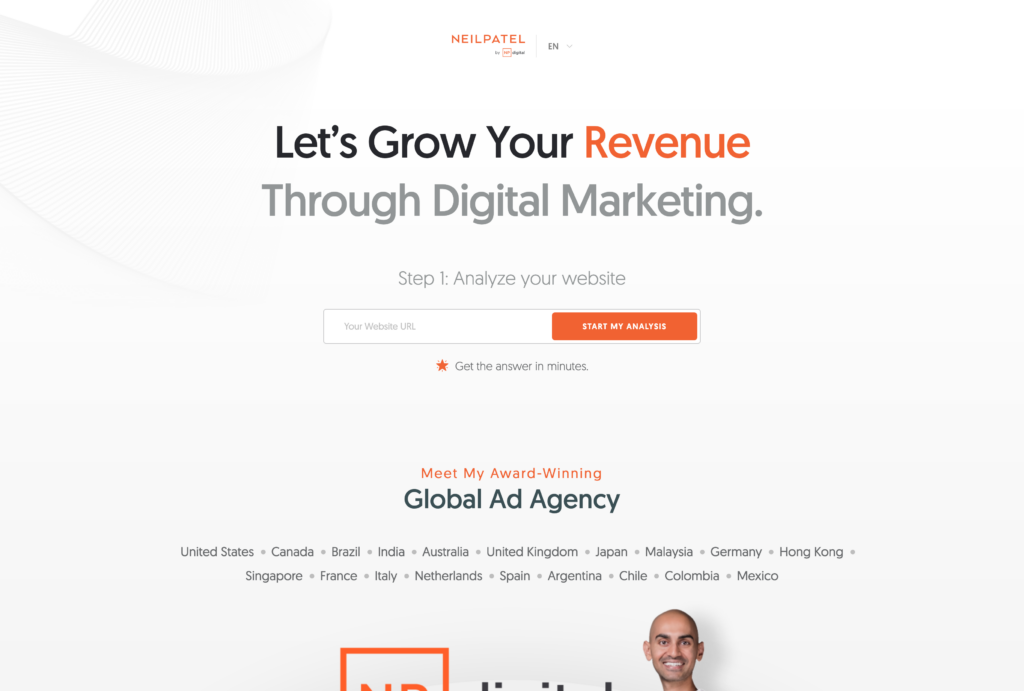
Click here to see Niel Patel’s personal website example
Beyond traditional platforms like LinkedIn and freelance marketplaces, maintaining a Personal Marketing Website significantly enhances a professional’s ability to attract high-quality inquiries, establish deeper client relationships, and build immediate trust with prospective clients. Freelancers and marketers can strategically showcase compelling case studies, authentic client testimonials, and custom-tailored solutions, creating credibility and consistency in their lead generation process. This focused digital presence ensures visibility among clients seeking highly personalized attention and niche expertise, securing lucrative opportunities often overlooked by larger firms.
Furthermore, a polished Personal Marketing Website serves as a powerful platform for freelancers and marketing experts to raise funds for entrepreneurial ventures, innovative projects, or strategic business initiatives. By clearly communicating their vision, achievements, and proven results through a dedicated site, they inspire confidence among potential partners, collaborators, and investors. Independent professionals who neglect to establish a Personal Marketing Website risk missing transformative opportunities to expand their networks, elevate their business profile, and propel their careers toward exciting and impactful new directions.
Personal Academic Websites
In an era where artificial intelligence is rapidly transforming how information is discovered and consumed, it has become essential for academic professionals to maintain a personal website to ensure they remain visible and influential. AI-driven platforms increasingly source their answers from reputable, clearly-indexed digital content, placing a premium on those who proactively position themselves as authoritative voices in their field. Without a professionally crafted, optimized website, academics risk missing out on opportunities to be recognized by these intelligent systems, consequently limiting their exposure and diminishing their professional relevance in an increasingly AI-dependent landscape.
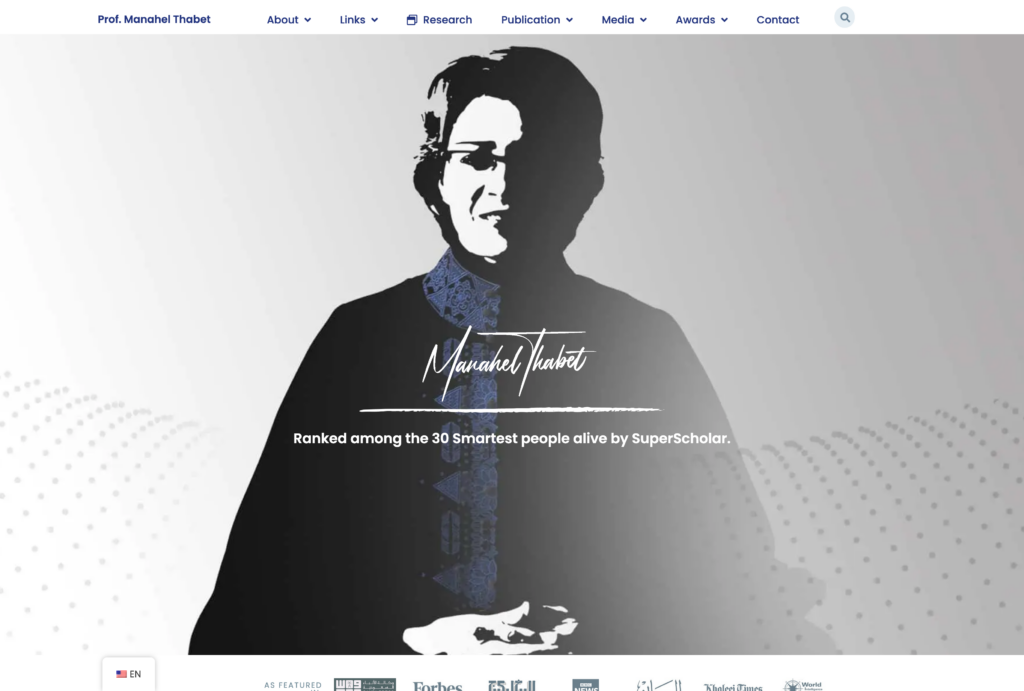
An academic personal website serves as a powerful engine for generating professional inquiries and expanding one’s network beyond traditional platforms like LinkedIn. Unlike social media profiles, a dedicated website allows academics to curate their work, accomplishments, and expertise precisely as they wish, highlighting specialized knowledge that attracts invitations for collaboration, consulting opportunities, or speaking engagements. This proactive approach not only amplifies their professional presence but positions them to receive targeted and high-value interactions, significantly elevating their career trajectory.
Moreover, a well-designed academic personal website is indispensable for academics seeking to attract funding and support for pioneering research or innovative projects. It provides a credible, accessible platform to showcase thought leadership, clearly articulate a compelling vision, and engage potential funders or collaborators directly. By thoughtfully presenting their insights and ideas online, academic professionals open doors to new opportunities and relationships that can evolve into groundbreaking initiatives, enhancing both their professional reputation and the broader impact of their work.
Professional Sports Personal Websites
In a rapidly evolving digital landscape powered by artificial intelligence, it’s becoming increasingly critical for sports professionals to have a personal website to stay visible and competitive. AI is fundamentally reshaping how talent, expertise, and achievements are discovered, indexed, and showcased—directly impacting how athletes, coaches, trainers, and sports industry professionals are perceived and approached for opportunities. Without a professionally designed website optimized for AI-driven indexing, sports professionals risk being overlooked by algorithms that guide critical decisions on sponsorships, media coverage, and partnerships, resulting in missed opportunities and a diminished professional presence.
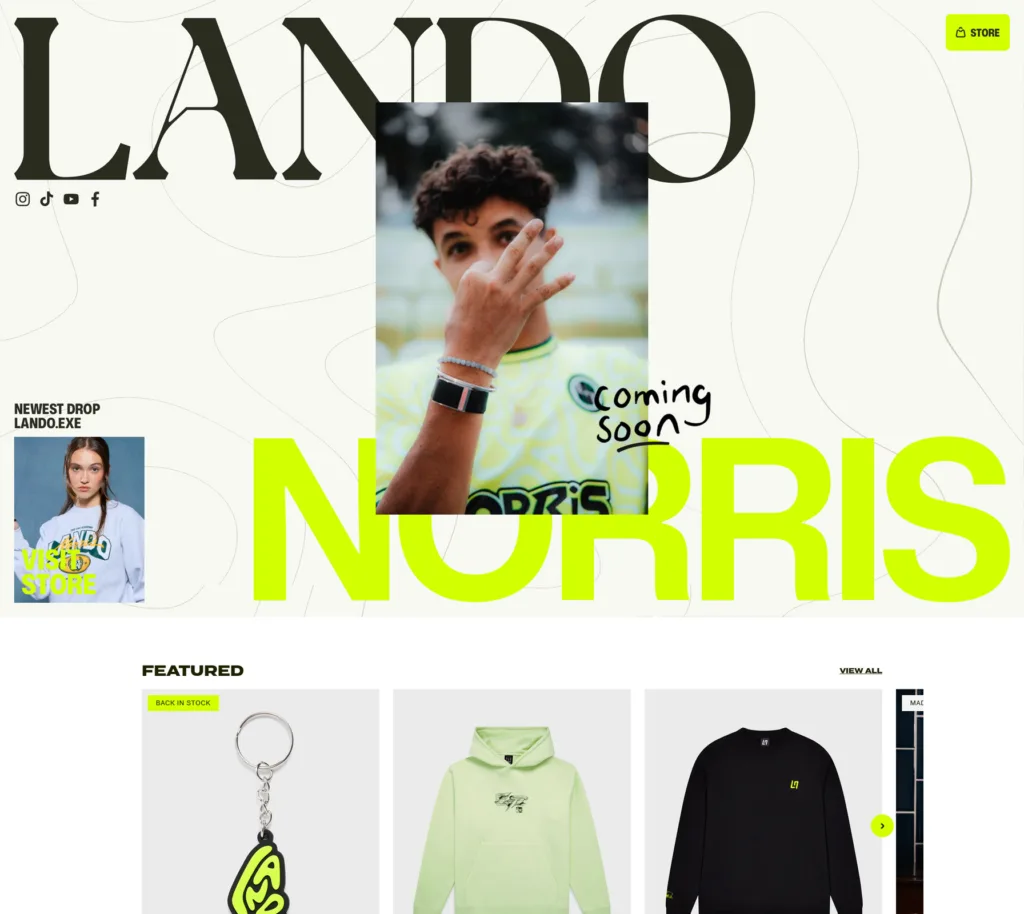
Beyond traditional channels like LinkedIn or Instagram, a personal website significantly enhances the ability of sports professionals to attract targeted professional inquiries and build meaningful, long-term connections. It provides a focused platform to showcase detailed accomplishments, statistics, and personal narratives, distinguishing them from competitors and attracting attention from potential sponsors, media representatives, and event organizers. Having a professional online presence opens doors to exclusive speaking engagements, collaboration requests, coaching roles, and endorsement opportunities that might never emerge through conventional networking alone.
Furthermore, a polished, professional personal website is a powerful tool for sports professionals aiming to raise funds for entrepreneurial ventures, charitable initiatives, or innovative ideas. Clearly articulating their vision and showcasing their passion and expertise helps foster trust and emotional connections with potential backers, donors, and investors. As the sports world increasingly values authenticity and digital storytelling, those without a dedicated personal website risk missing out on transformative opportunities—both personally and professionally—to advance and diversify their careers into new, exciting, and impactful ventures.
Personal Consultant Websites
The highest-performing consultants and coaches already invest heavily in their personal websites, recognizing the critical role digital visibility plays in today’s AI-driven marketplace. As artificial intelligence continues to transform how expertise is discovered, evaluated, and recommended, maintaining a sophisticated online presence has shifted from optional to essential. Professionals without a strong digital footprint optimized for AI indexing risk being overshadowed, losing crucial visibility, and missing out on premium opportunities to competitors who proactively position themselves as digital thought leaders.
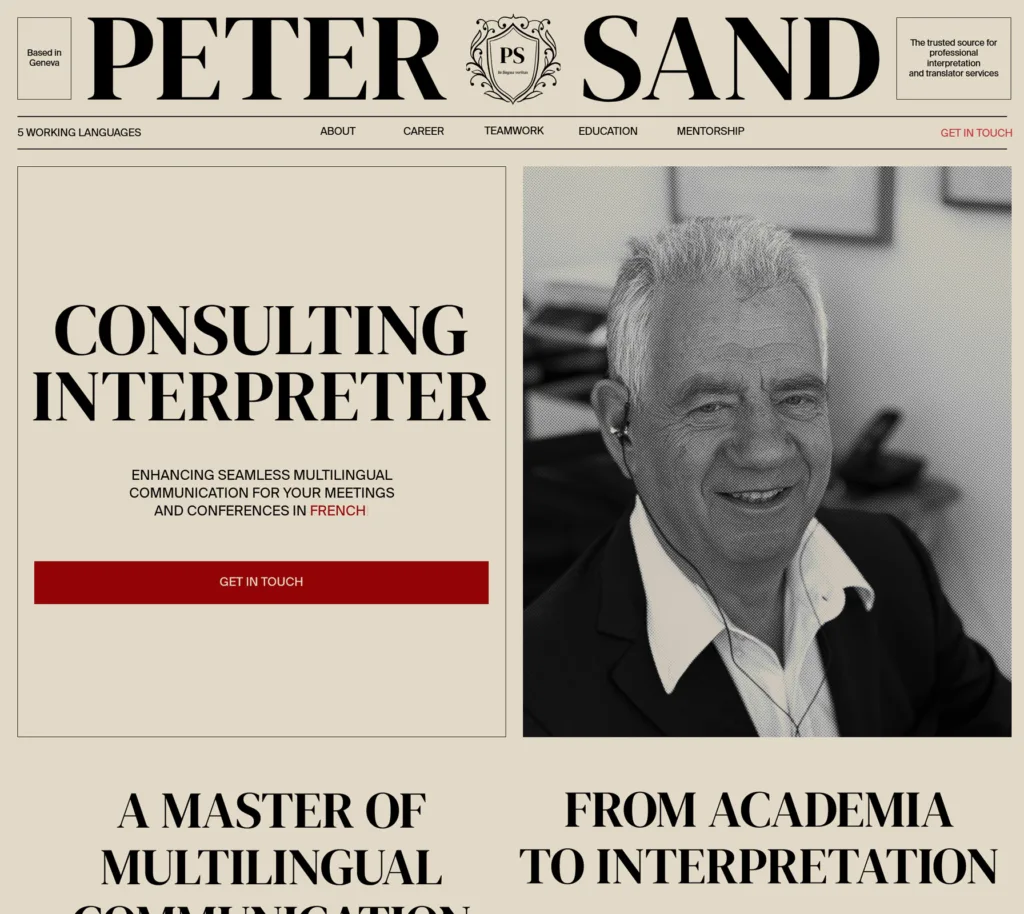
Beyond platforms like LinkedIn or traditional networking methods, personal websites offer consultants and coaches unparalleled control in generating high-quality inquiries, showcasing tailored solutions, and establishing deeper professional connections. A professionally designed website allows experts to clearly present their distinctive approaches, highlight compelling client outcomes, and strengthen their credibility and authority within their industry. This refined digital presence consistently translates into high-value consulting contracts, speaking engagements, workshops, and strategic partnerships that might otherwise remain inaccessible.
Moreover, a polished and strategic personal website substantially enhances a consultant’s or coach’s ability to attract funding and support for innovative ventures, educational initiatives, or ambitious growth projects. Clearly communicating their vision, accomplishments, and methodology online creates credibility and emotional resonance with potential collaborators, investors, and clients. Those who neglect to create this digital asset risk forfeiting opportunities that could elevate their careers and business endeavors to new, transformative heights.
Public Speakers and Personal Authors Websites
Leading public speakers and authors already invest significantly in their personal websites, recognizing that a polished digital presence is now indispensable in an increasingly AI-driven marketplace. As artificial intelligence reshapes how audiences discover experts, identify thought leaders, and select keynote speakers or bestselling authors, professionals without a strategically designed website optimized for AI indexing risk falling behind—overlooked by algorithms that power critical visibility, rankings, and recommendations. The future belongs to those who proactively ensure their message, brand, and content are easily found and prominently showcased in digital searches.
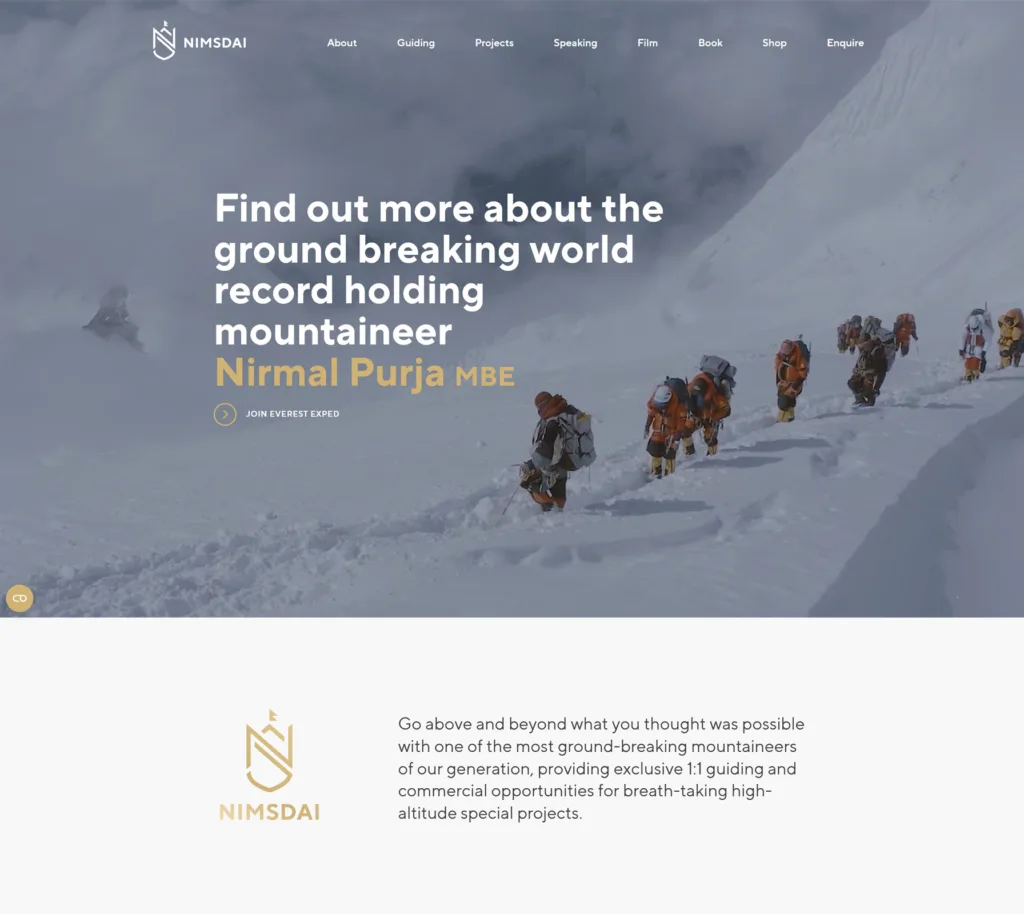
Beyond relying on traditional platforms like LinkedIn or speaker bureaus, a professionally crafted personal website is essential for authors and speakers seeking to attract valuable speaking engagements, media appearances, and book sales. A thoughtfully structured site offers total control over how they present their narrative, accomplishments, and unique value, helping them stand apart in a crowded field. This focused digital presence not only generates consistent professional inquiries but also facilitates deeper connections with influential audiences, event planners, journalists, and publishers, opening doors to career-defining opportunities.
Furthermore, a well-curated personal website serves as a critical platform for public speakers and authors to raise funds for ambitious projects, new books, workshops, or groundbreaking initiatives. By effectively communicating their expertise, sharing inspiring testimonials, and highlighting their unique approach online, they build credibility and emotional resonance with potential sponsors, collaborators, and readers. Those who delay or neglect building this essential digital asset risk missing opportunities to transform their influence, expand their audience reach, and elevate their careers into exciting new ventures.
Thought Leaders and Personal Executive Websites
Top executives and thought leaders consistently invest in professionally designed personal websites, recognizing that a robust digital presence is vital in today’s AI-driven world. As artificial intelligence increasingly governs how leadership expertise, innovation, and influence are discovered and promoted, professionals without a well-crafted, AI-optimized website risk being overlooked or undervalued by key stakeholders. To maintain relevance and ensure their insights are indexed by AI systems powering decision-making and reputation management, executives must proactively position themselves digitally—avoiding the risk of becoming invisible in crucial professional conversations.

Beyond platforms like LinkedIn, a dedicated personal website allows executives and thought leaders to effectively attract targeted professional inquiries, strategic networking opportunities, and invitations for high-profile collaborations. A professionally curated site provides complete control over their professional narrative, clearly showcasing their expertise, achievements, and industry insights. This elevated online presence enables meaningful interactions with board members, recruiters, event organizers, media outlets, and influential peers, significantly amplifying their professional opportunities and impact.
Furthermore, an expertly crafted personal website is indispensable for executives and thought leaders aiming to raise funds, launch innovative ventures, or drive impactful initiatives. Clearly communicating their vision, leadership experience, and accomplishments through an authoritative digital presence establishes credibility and emotional resonance with potential investors, stakeholders, and strategic partners. Professionals who neglect this crucial digital asset risk missing valuable opportunities to amplify their ideas, grow their influence, and propel their careers into transformative new directions.
Below, we showcase the 37 best personal website examples that combine strategy, design, and functionality to build authority and drive real results
